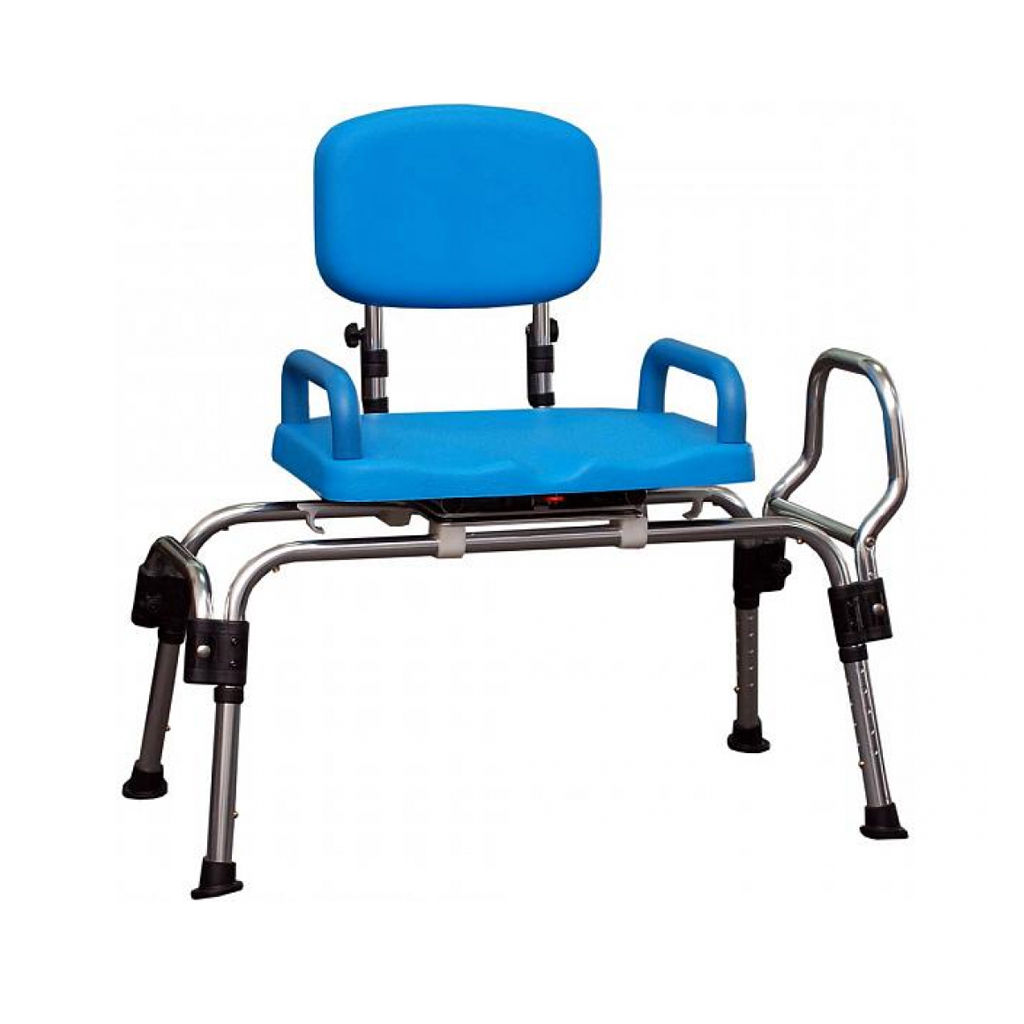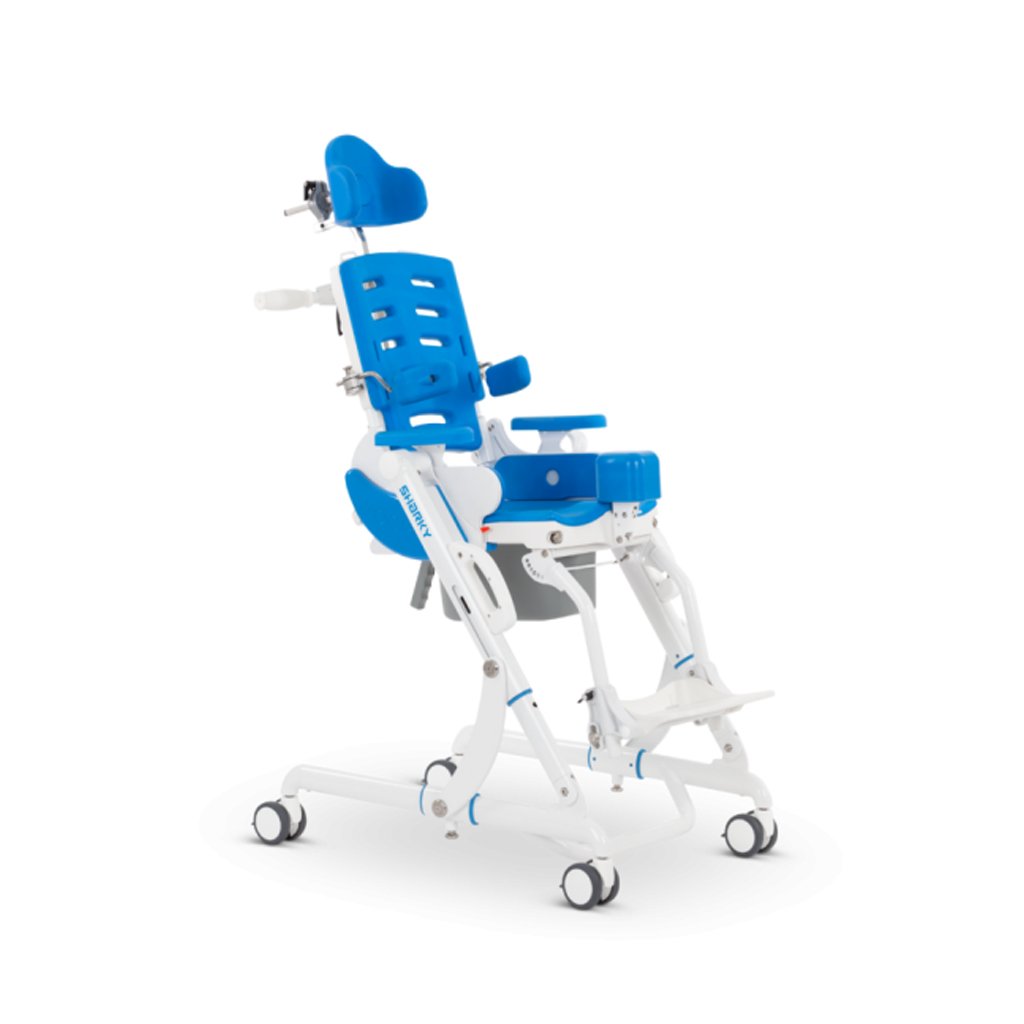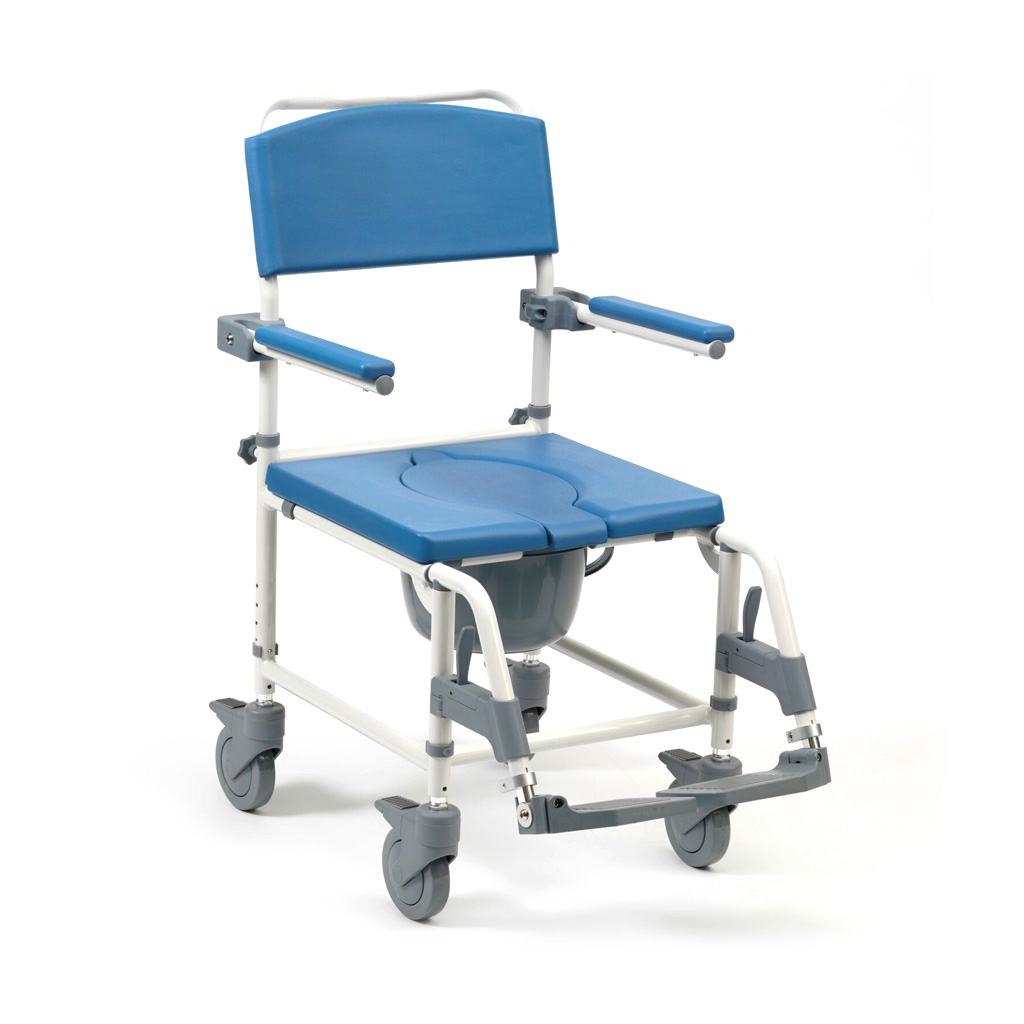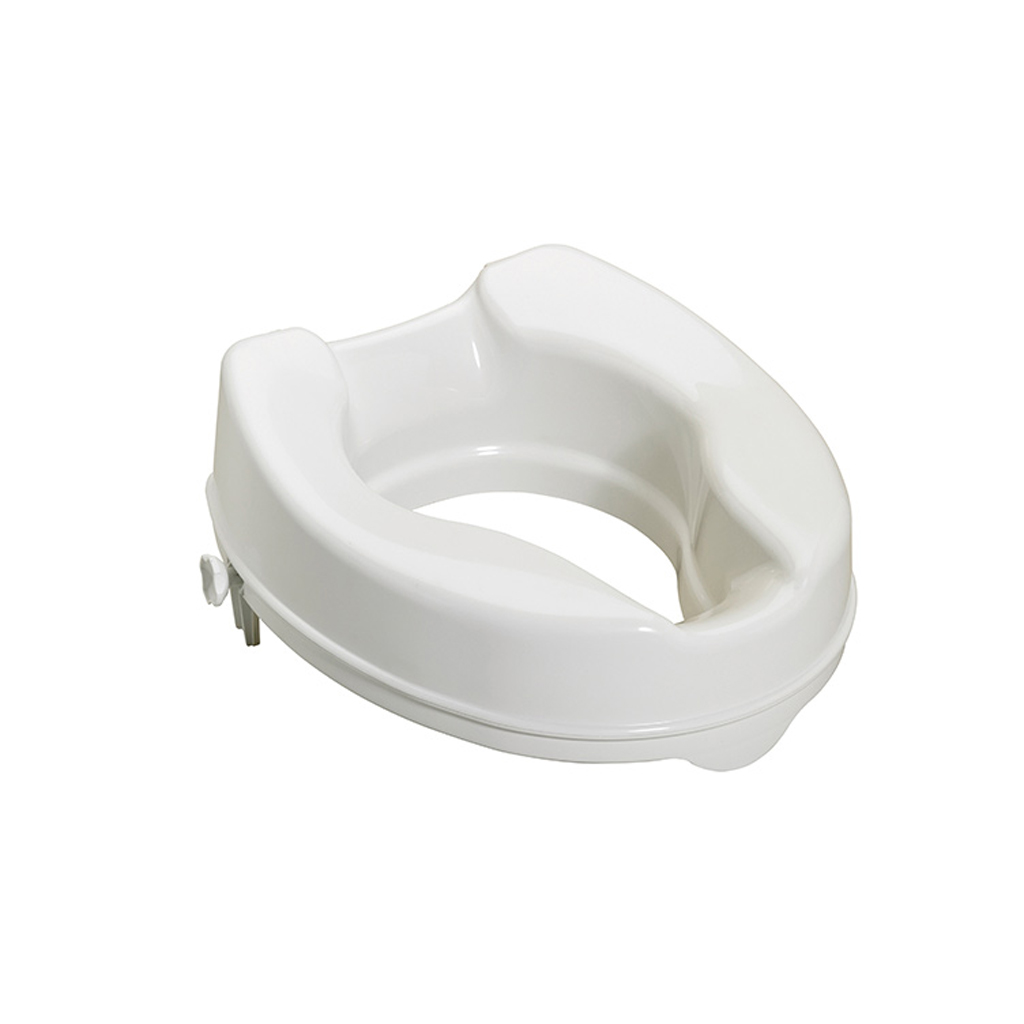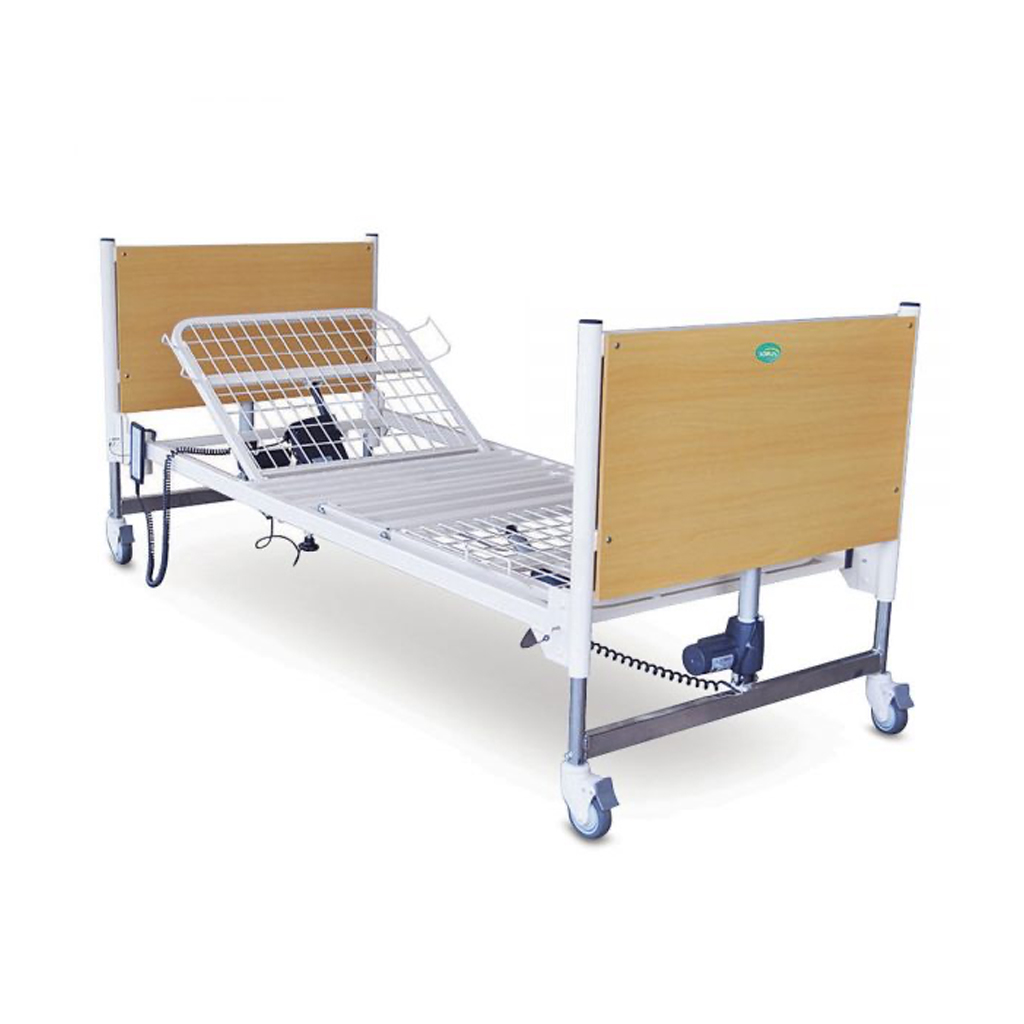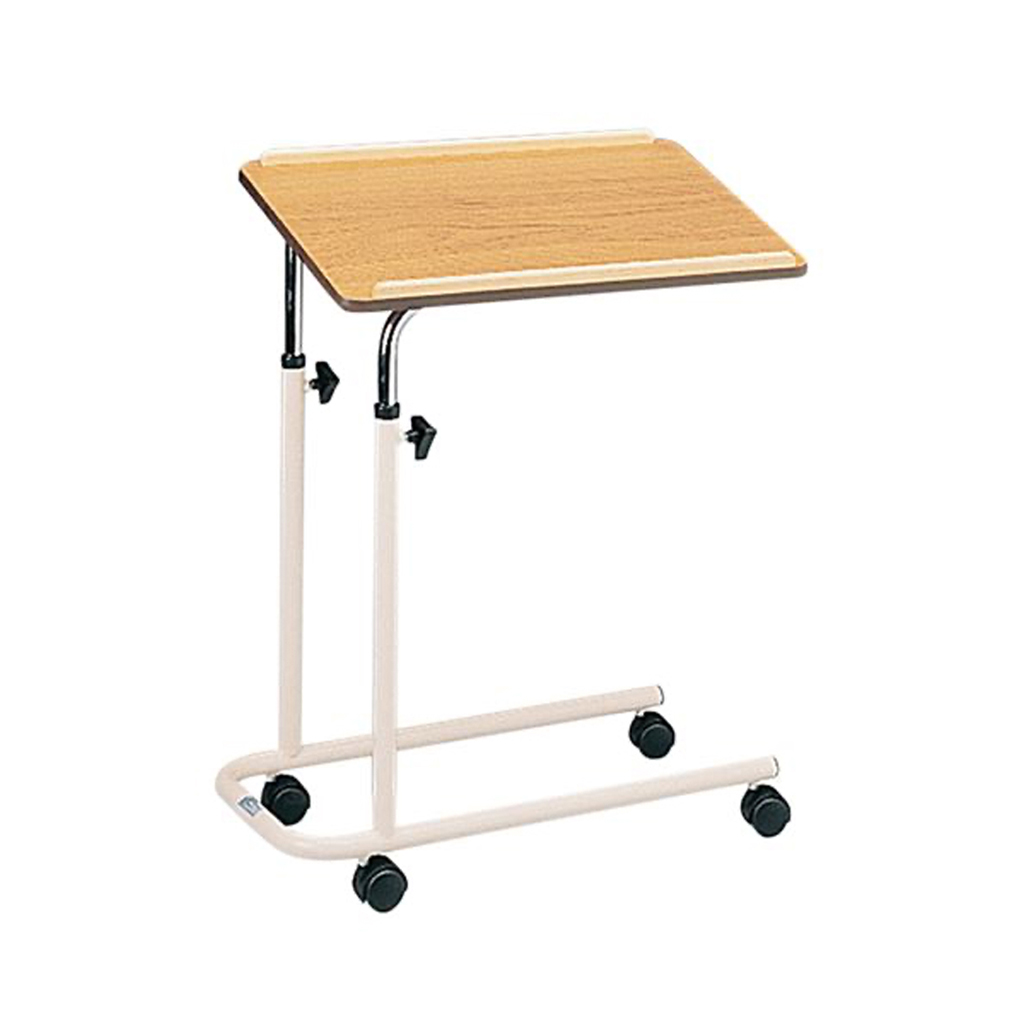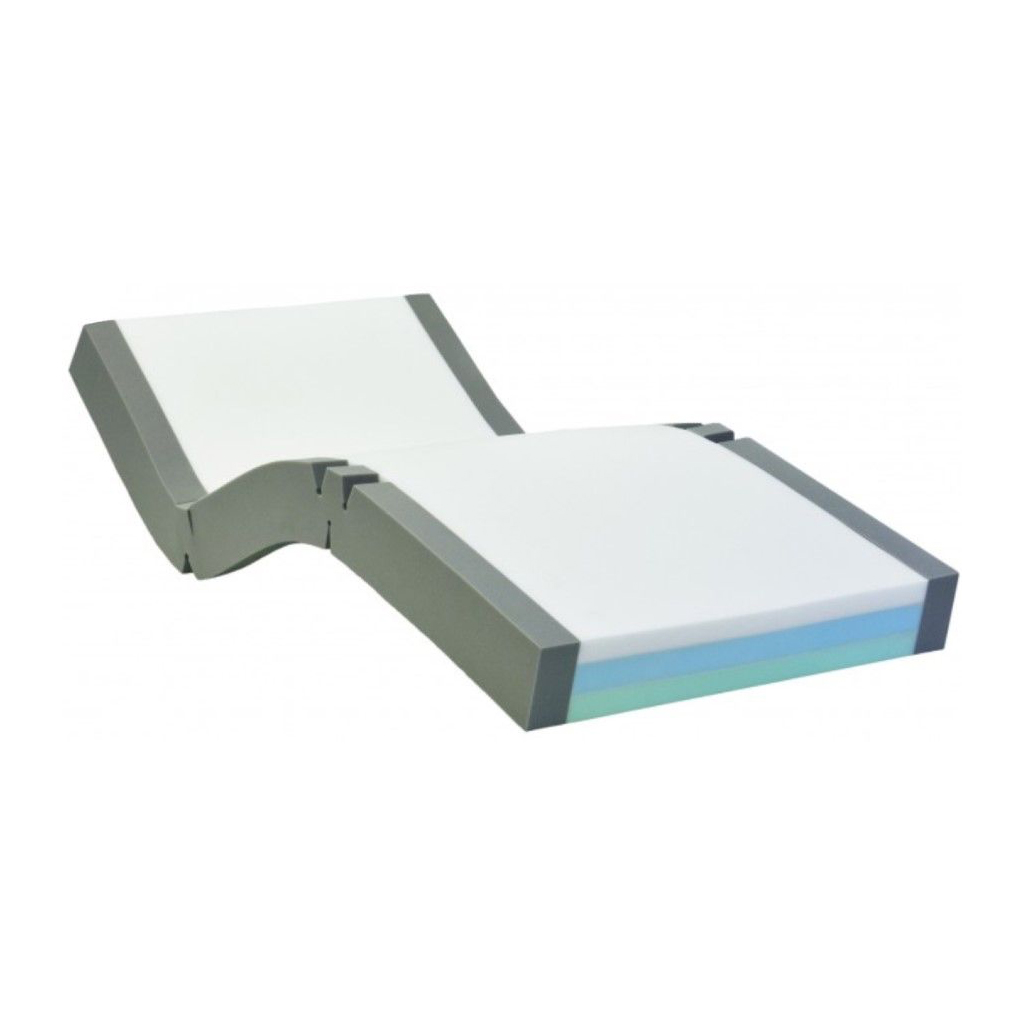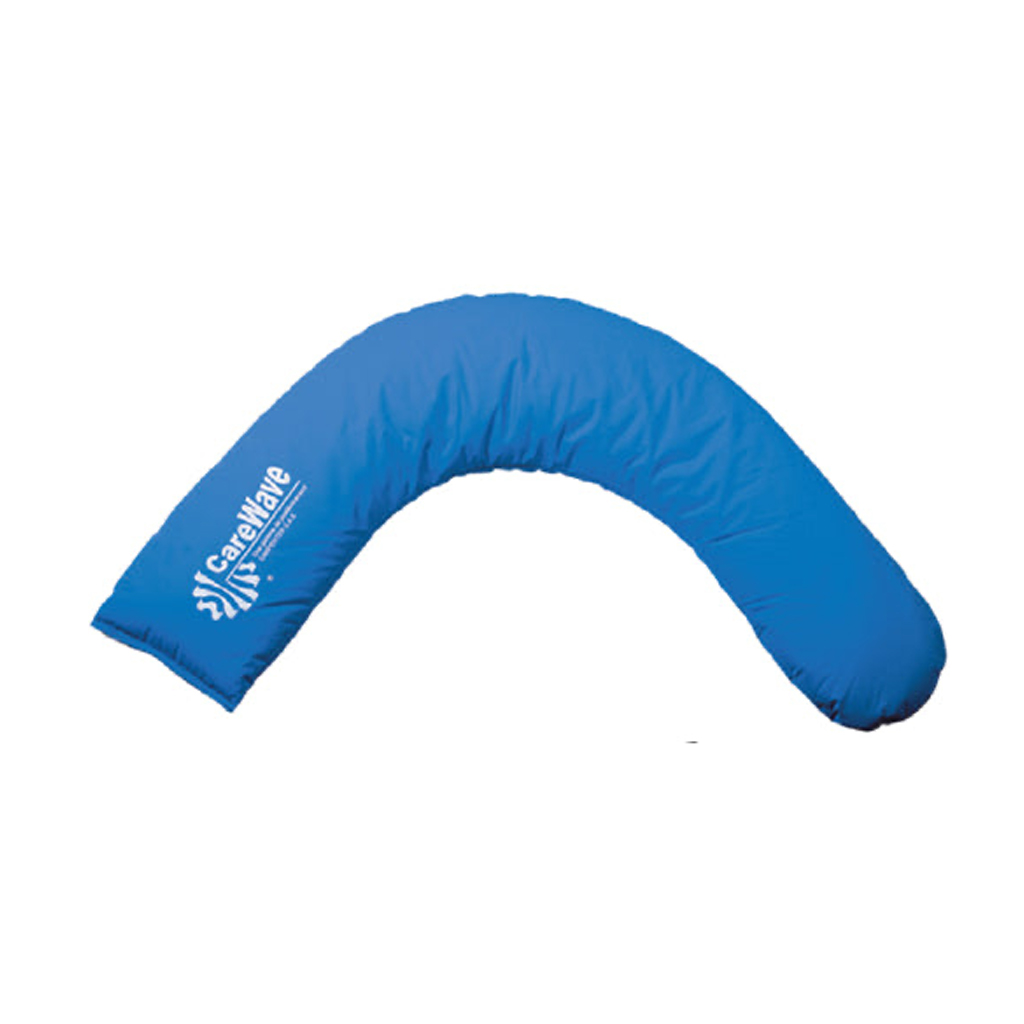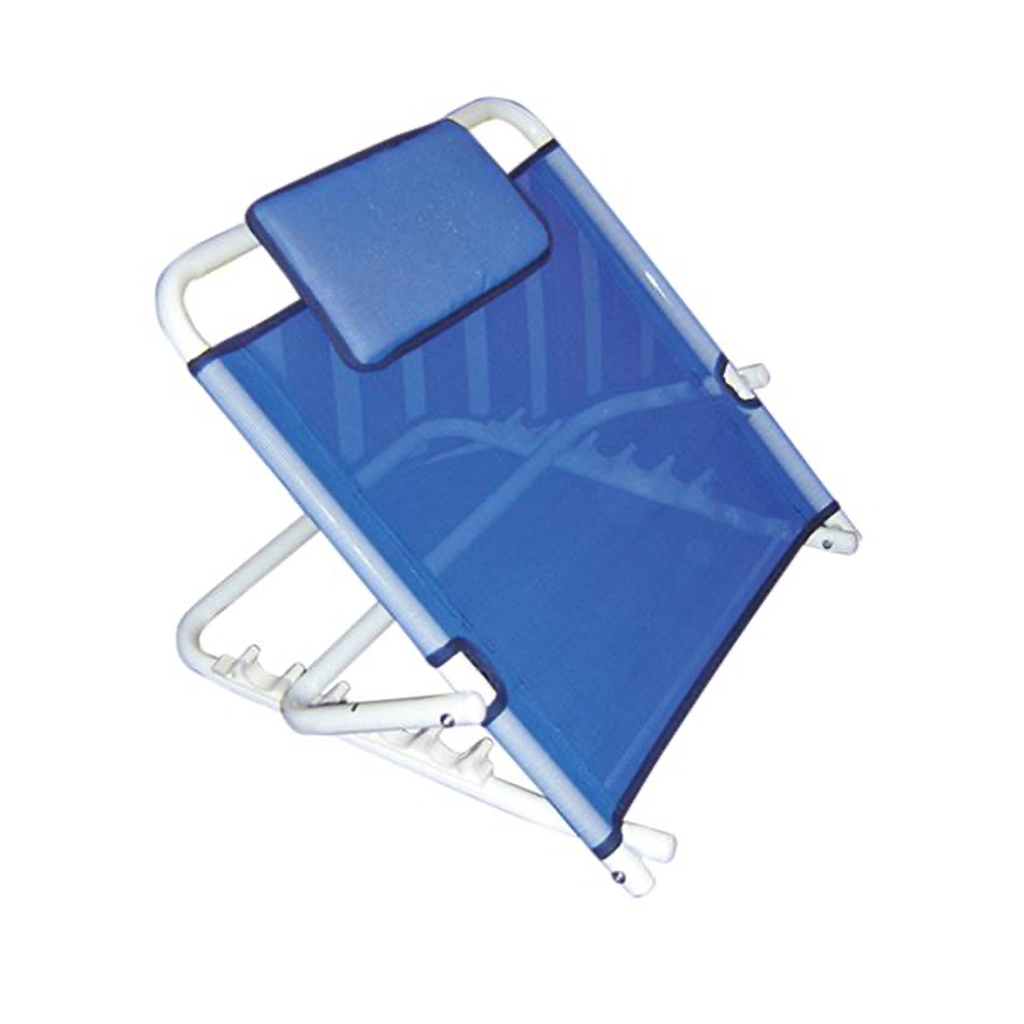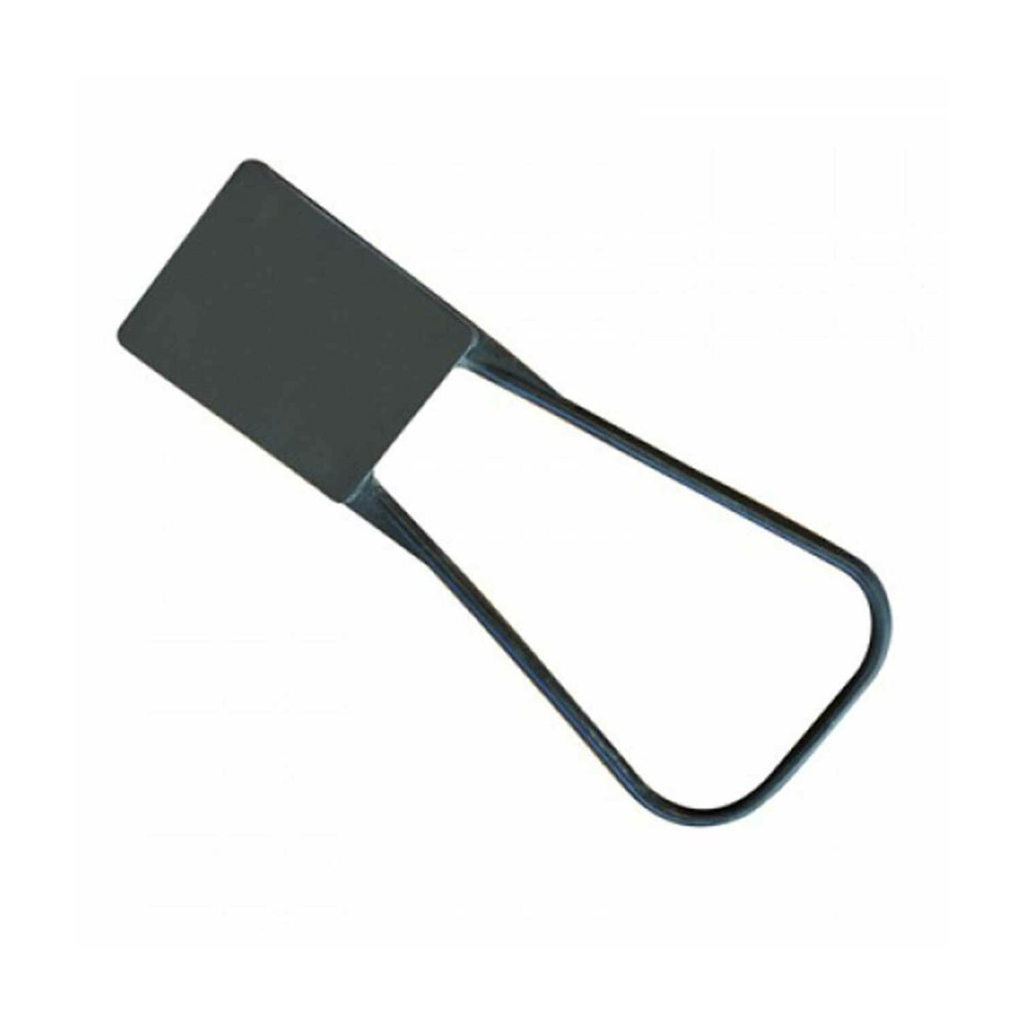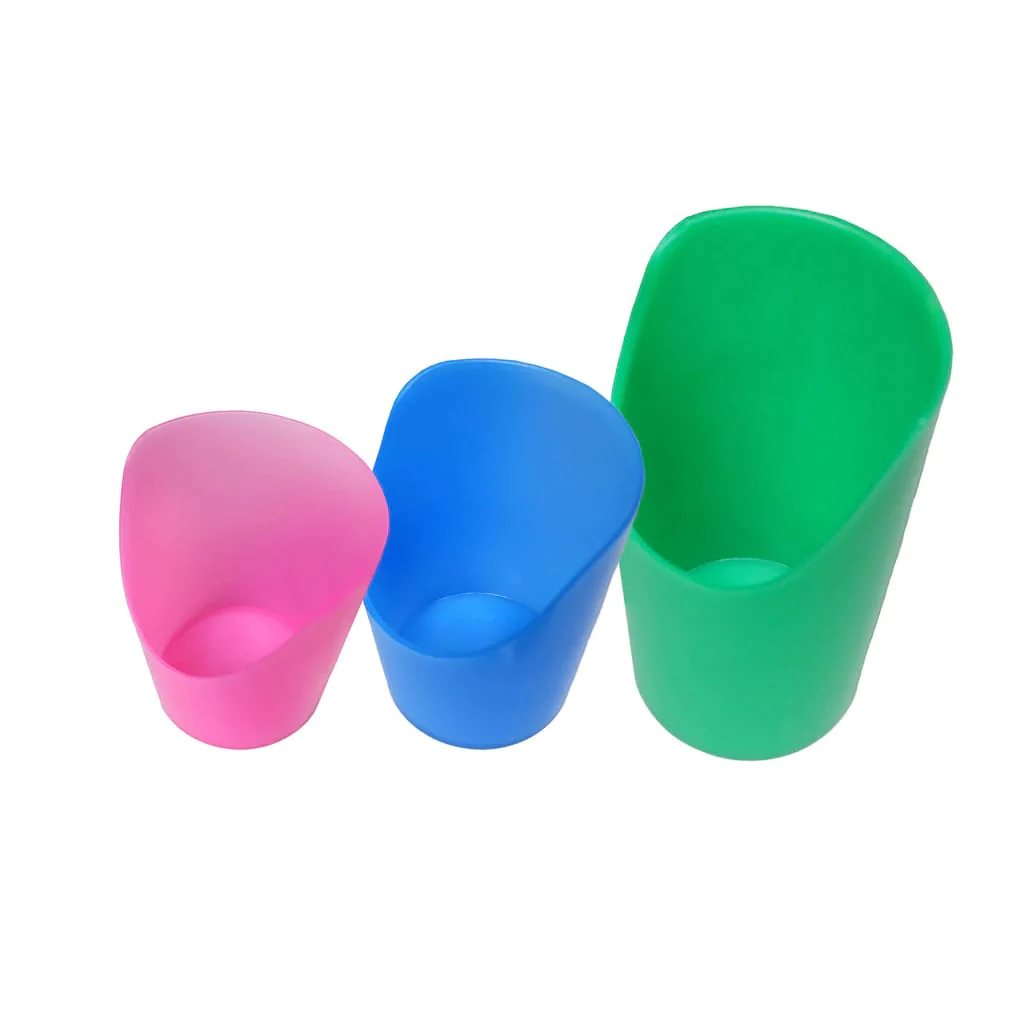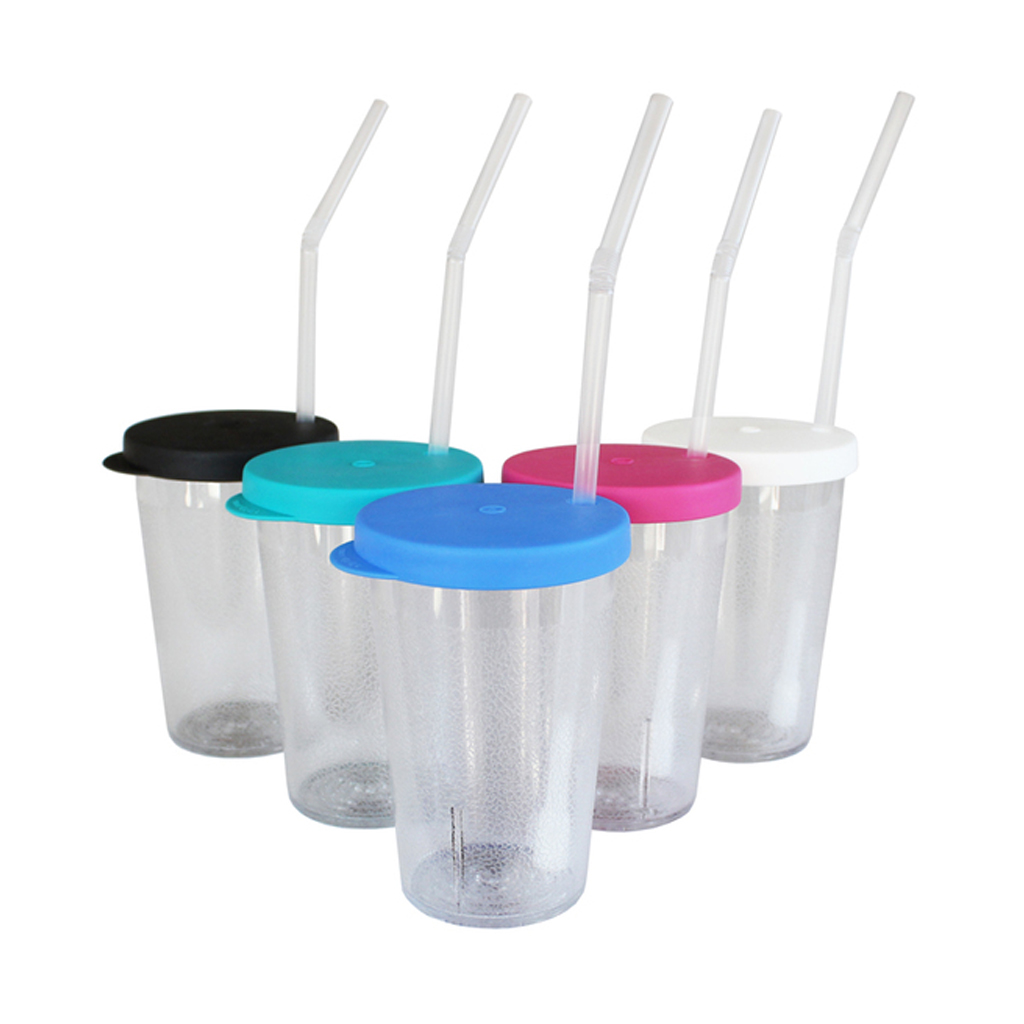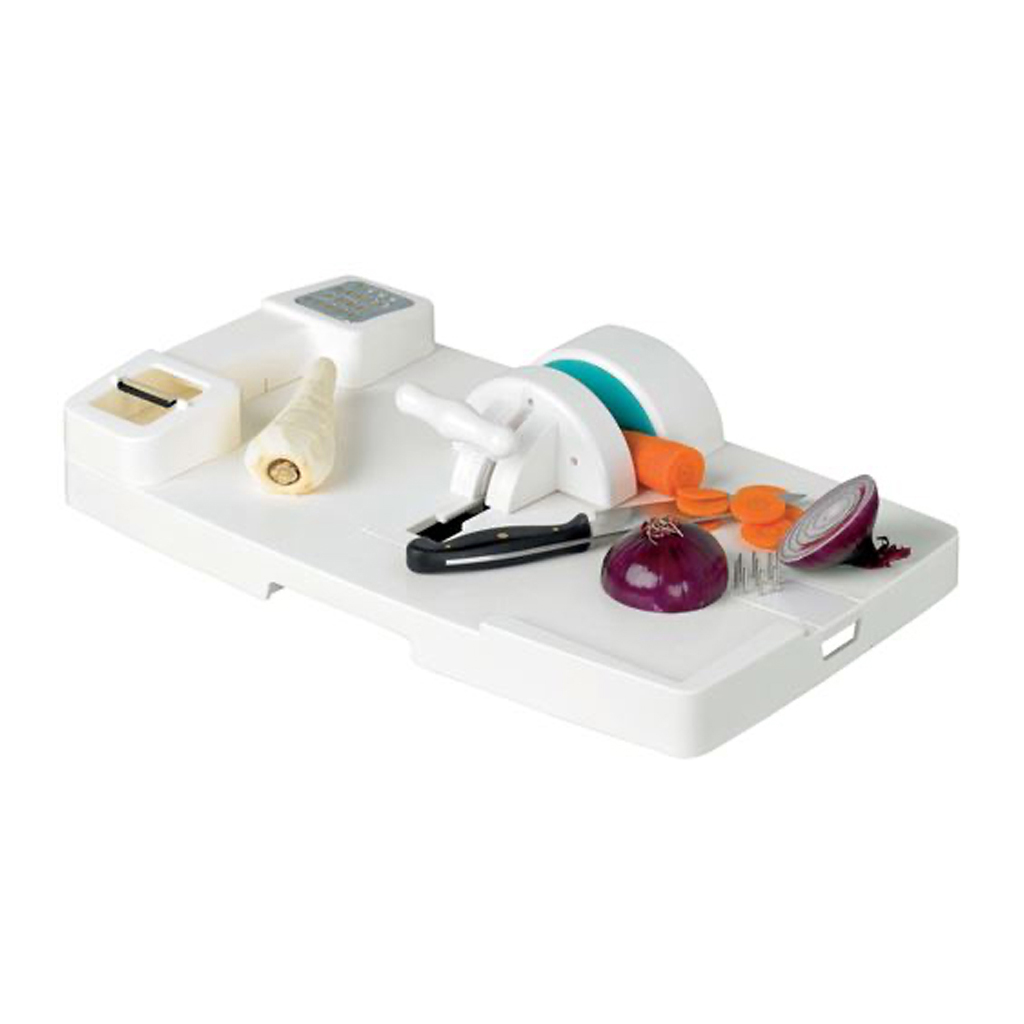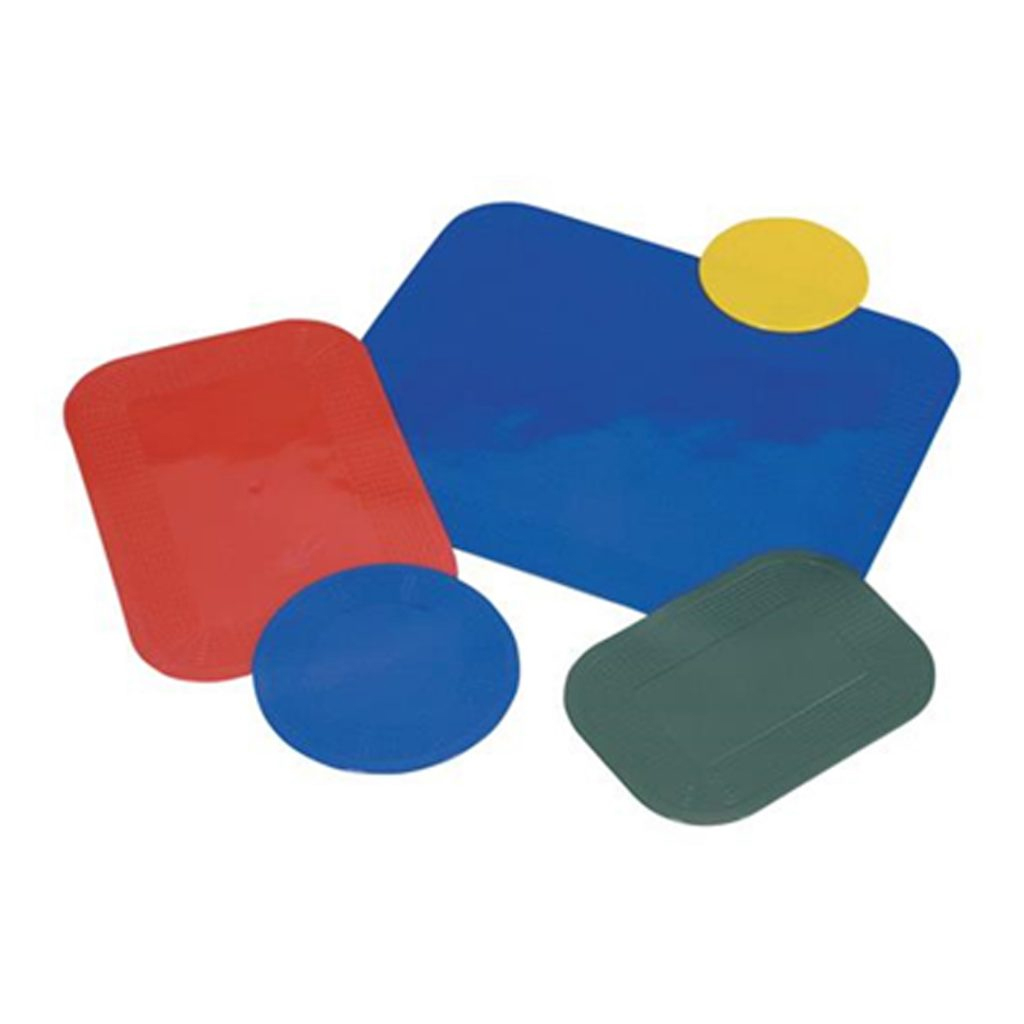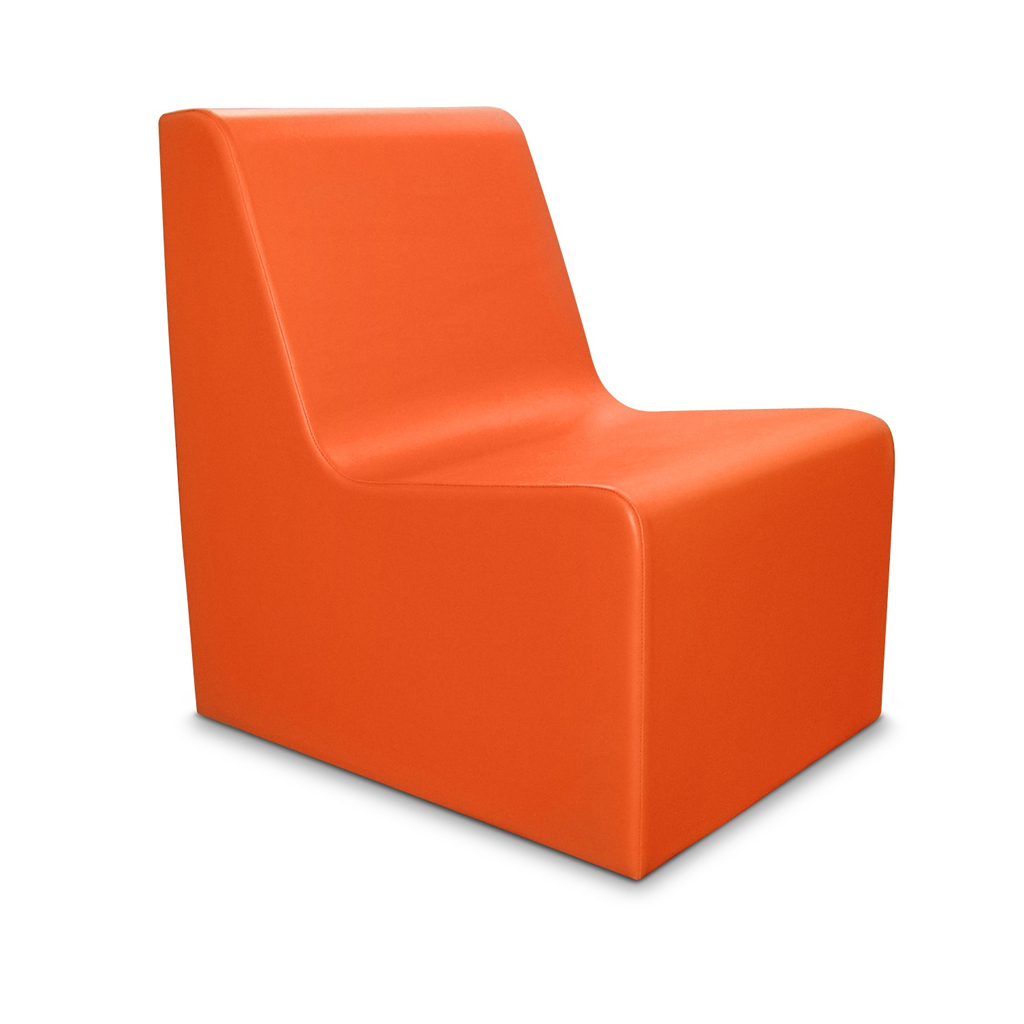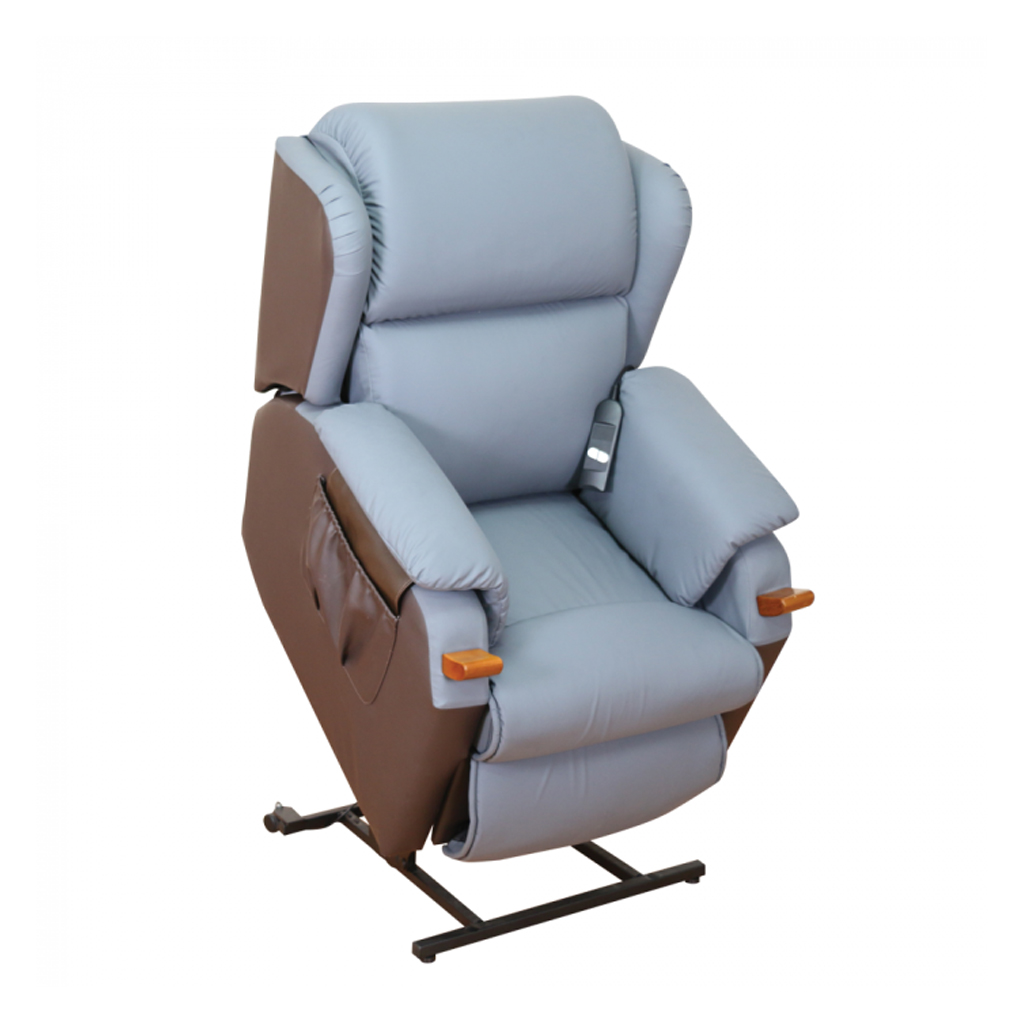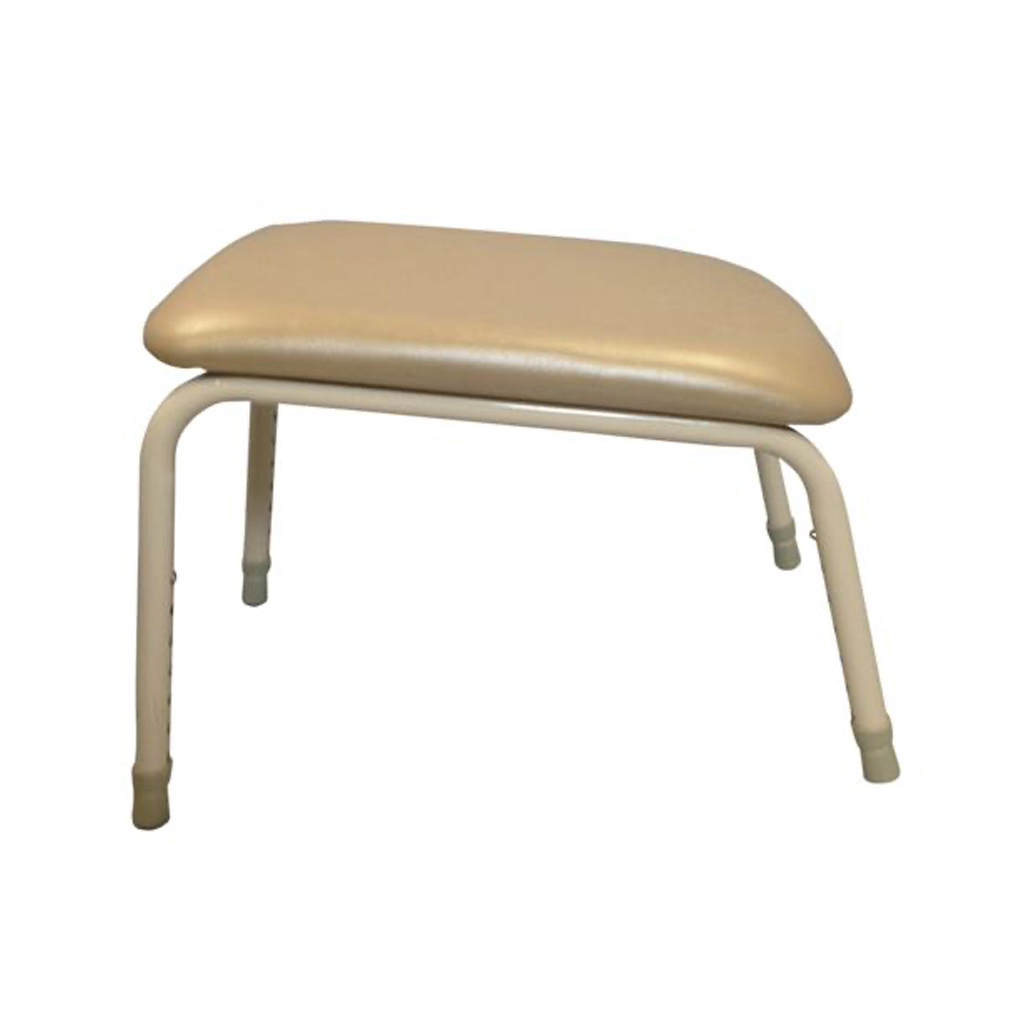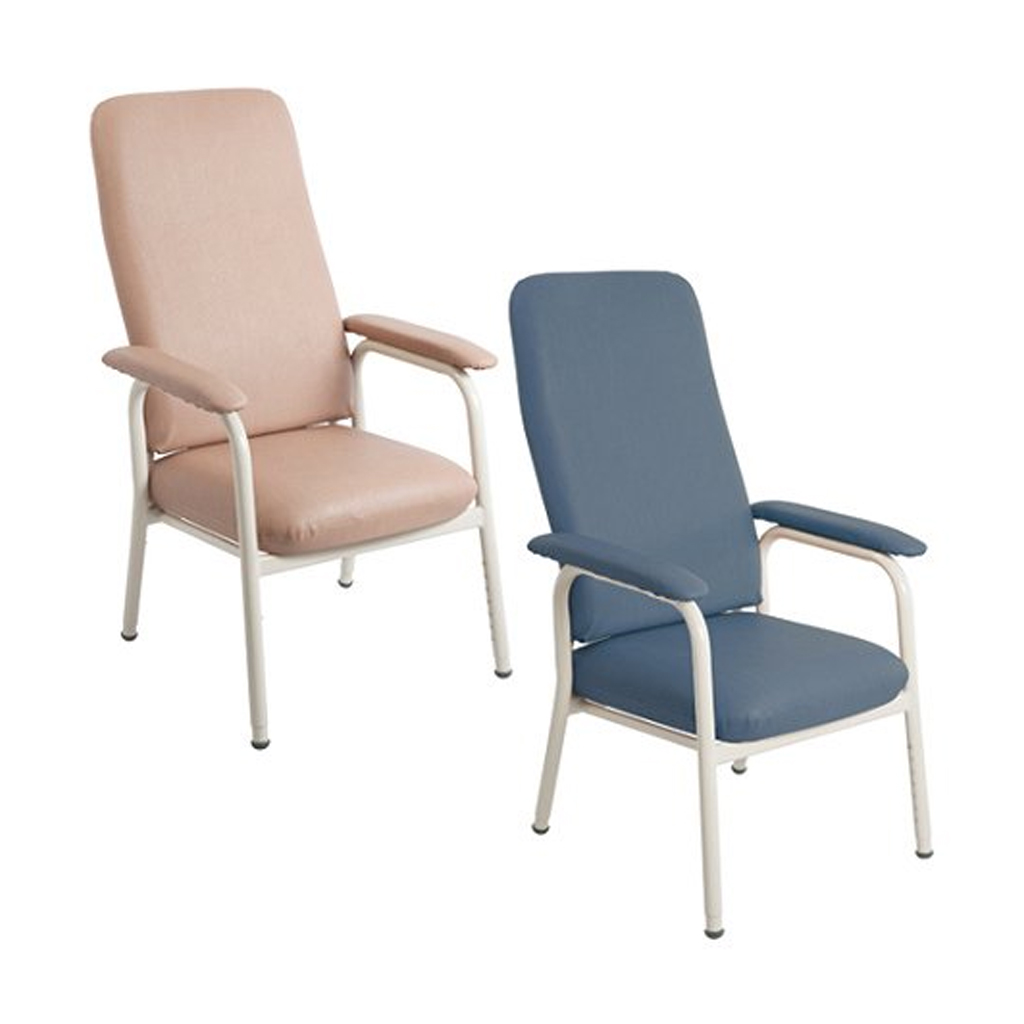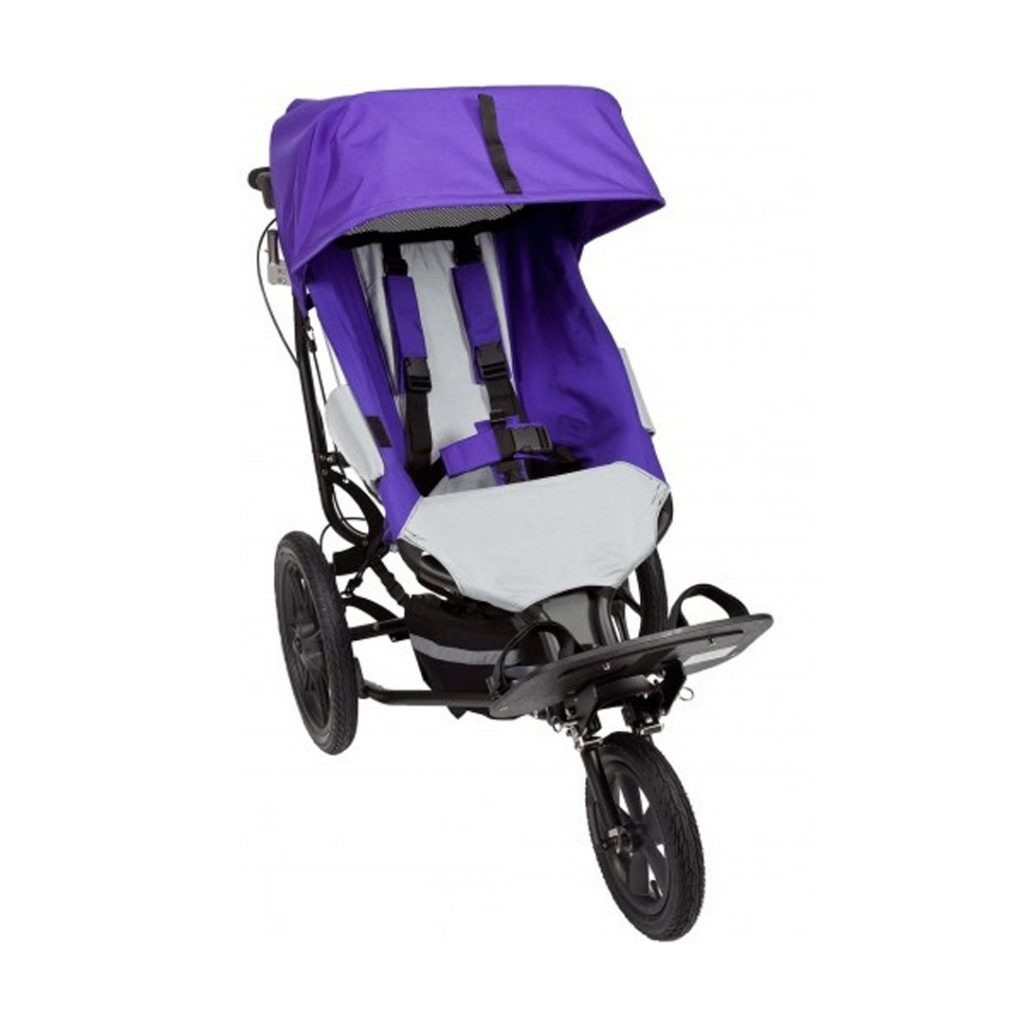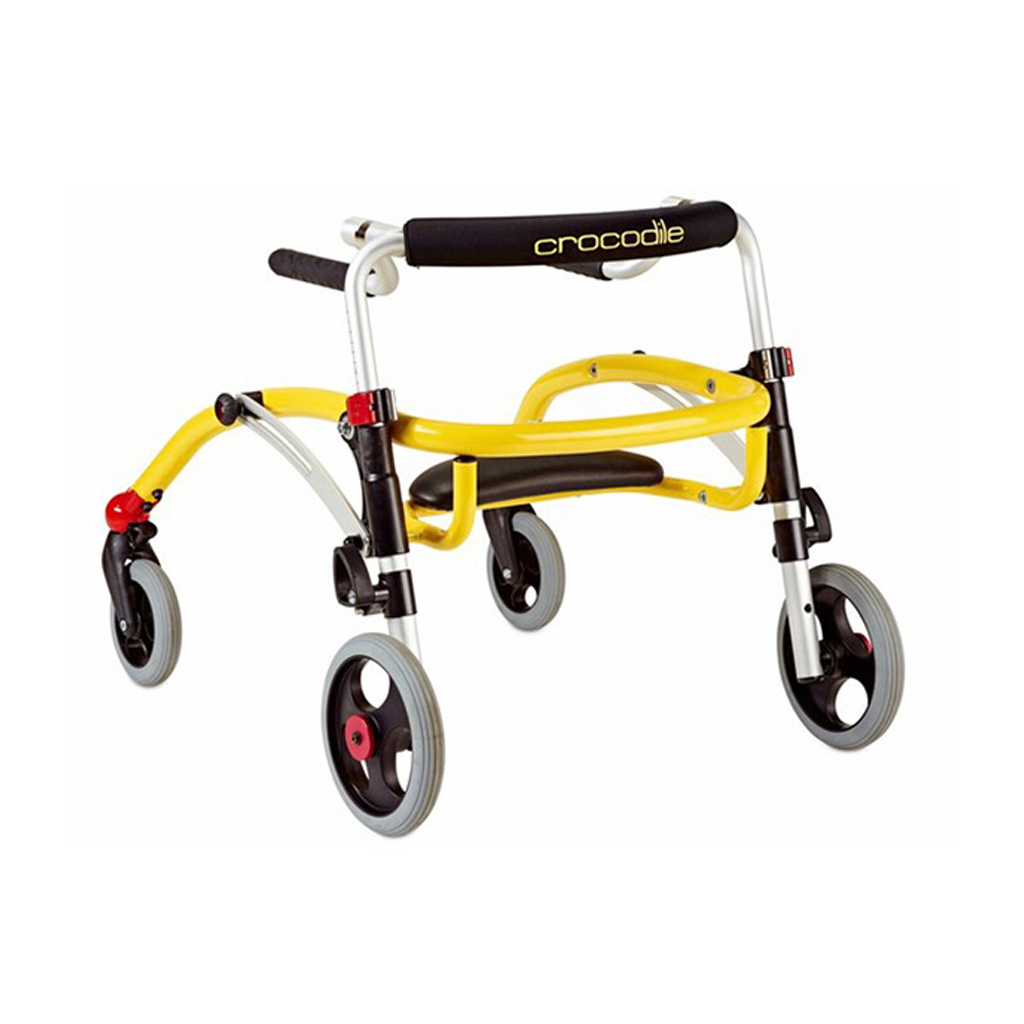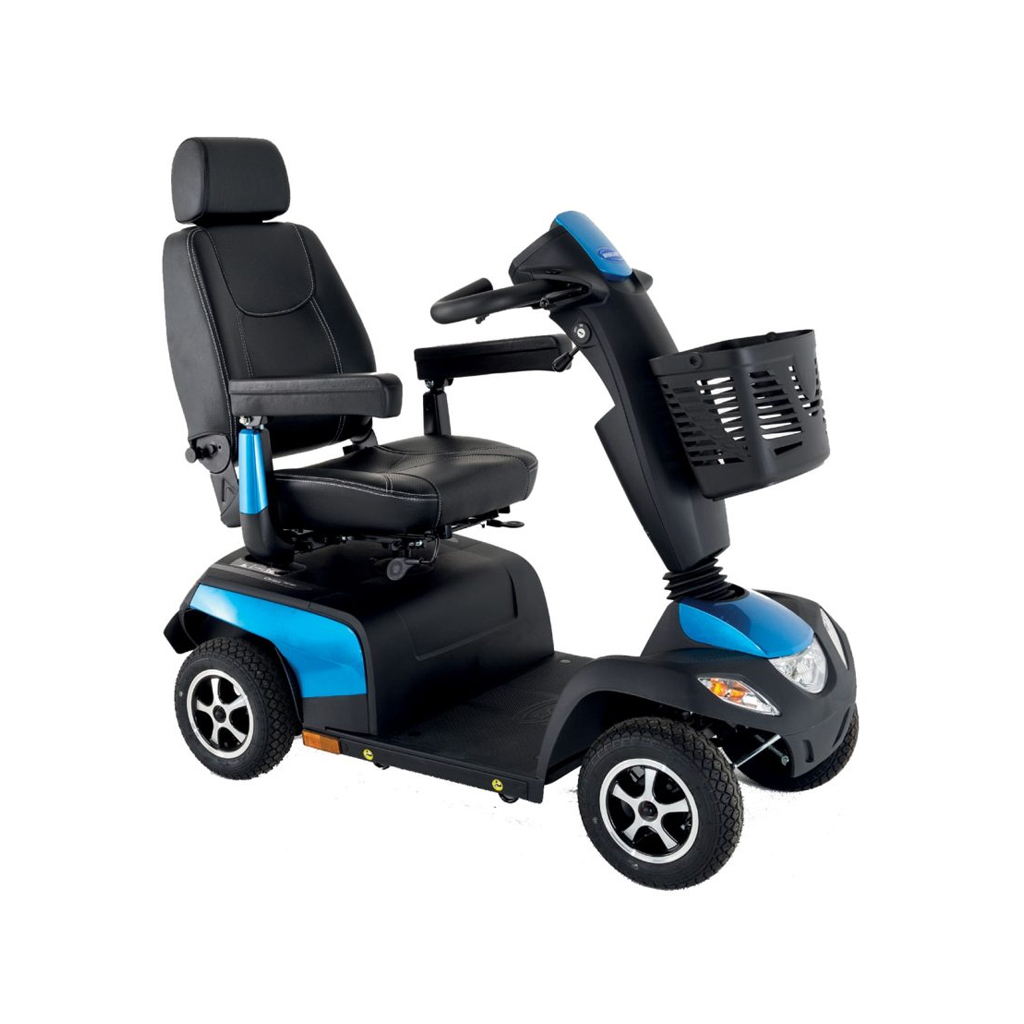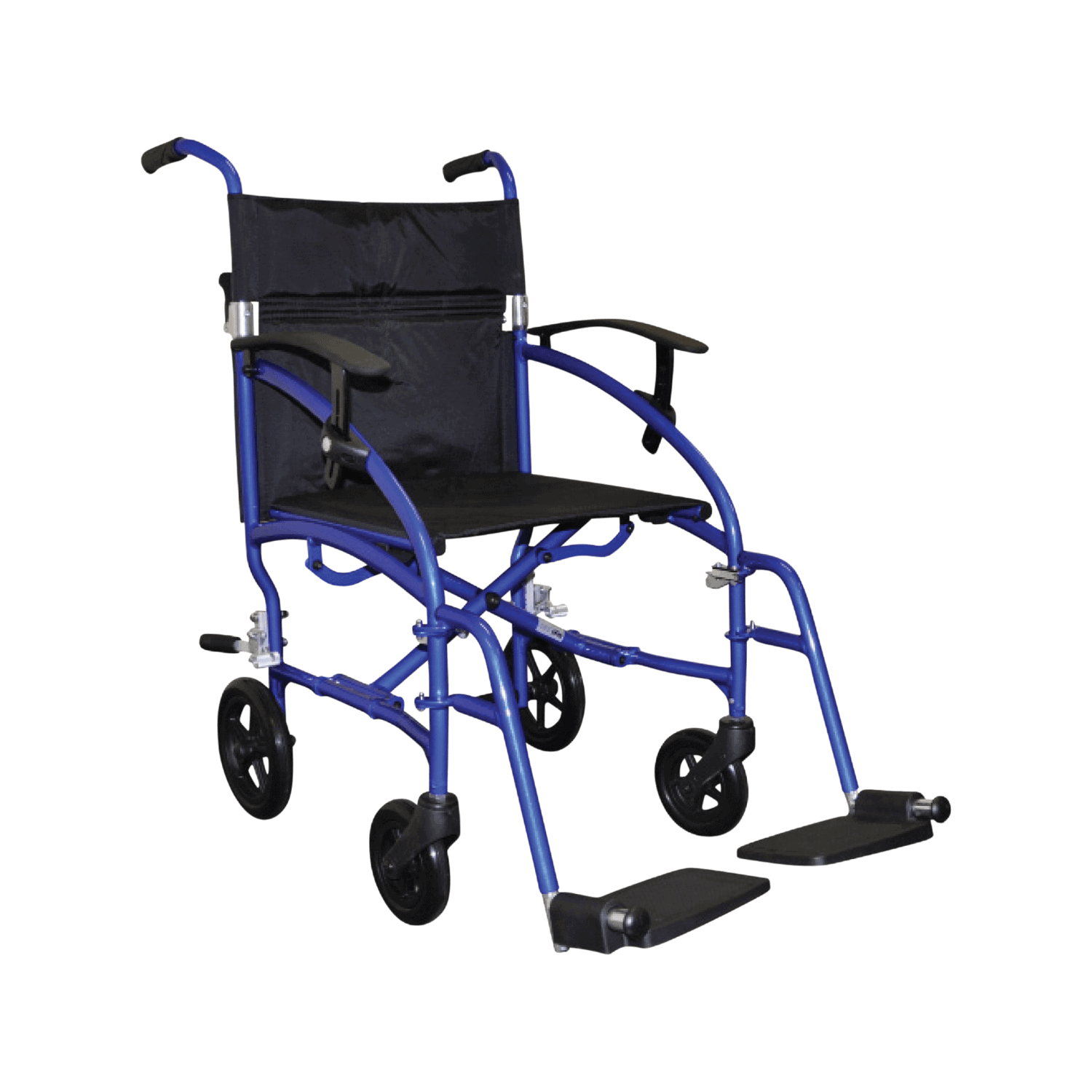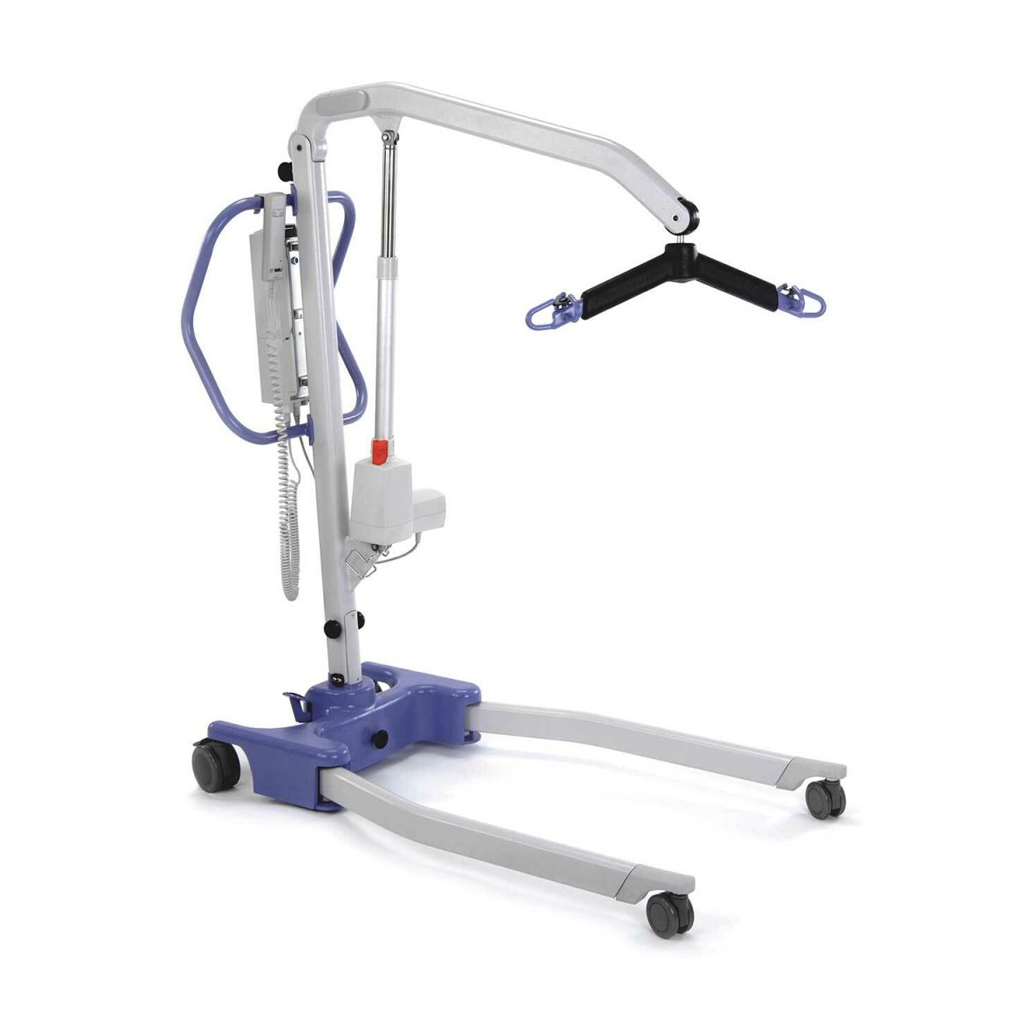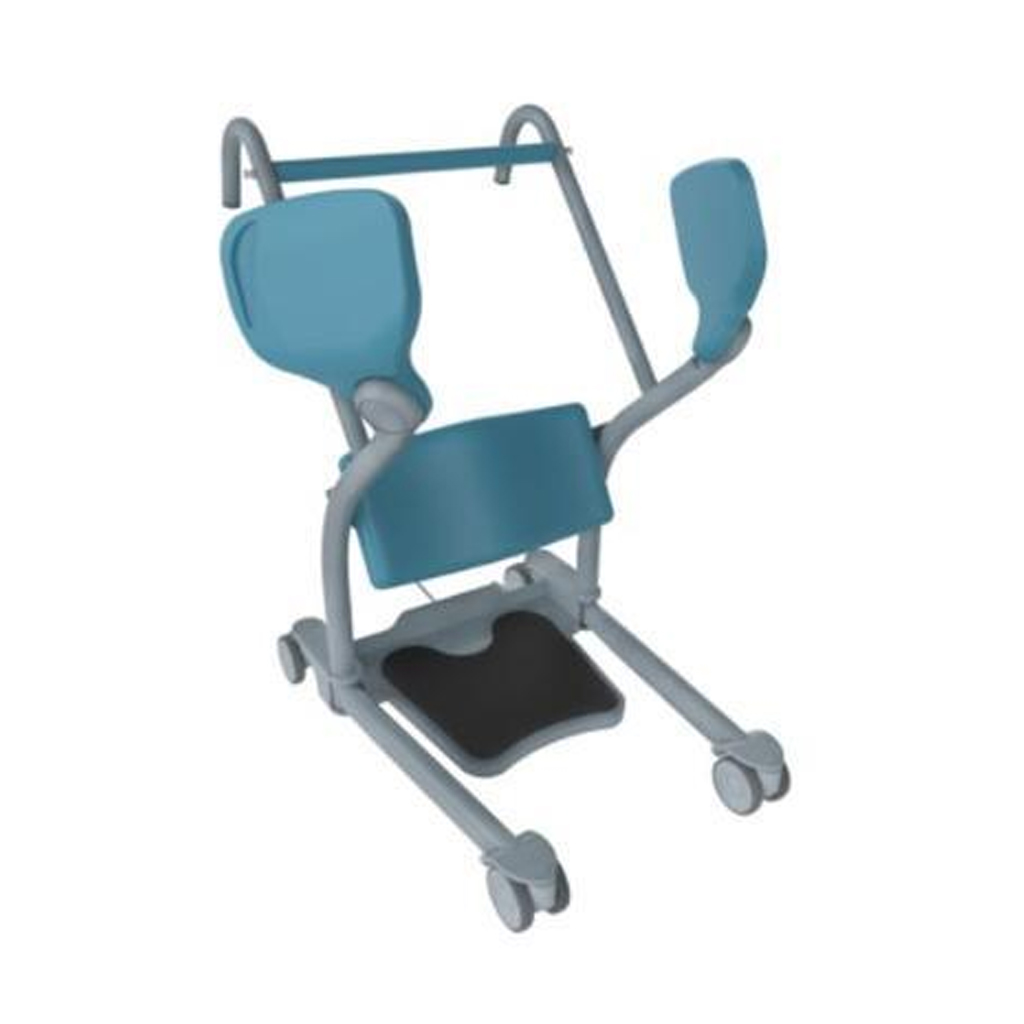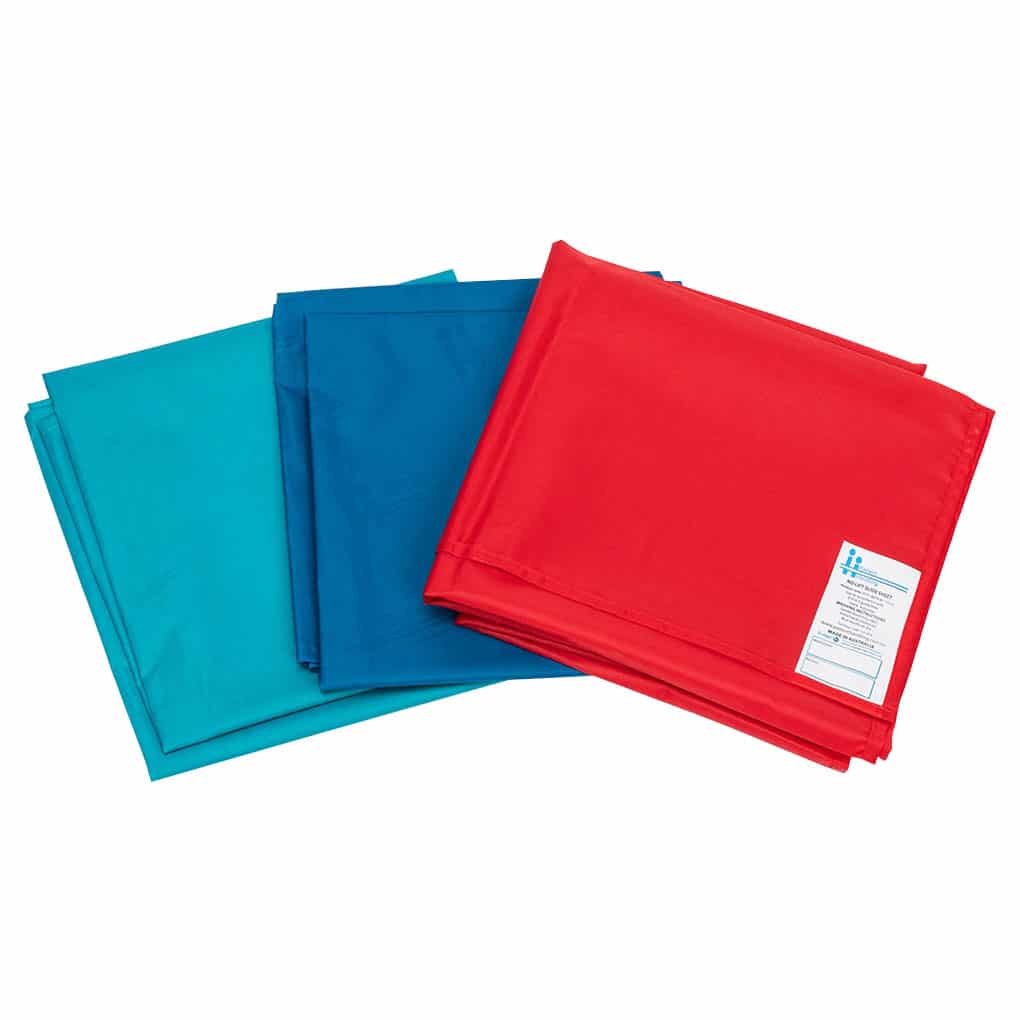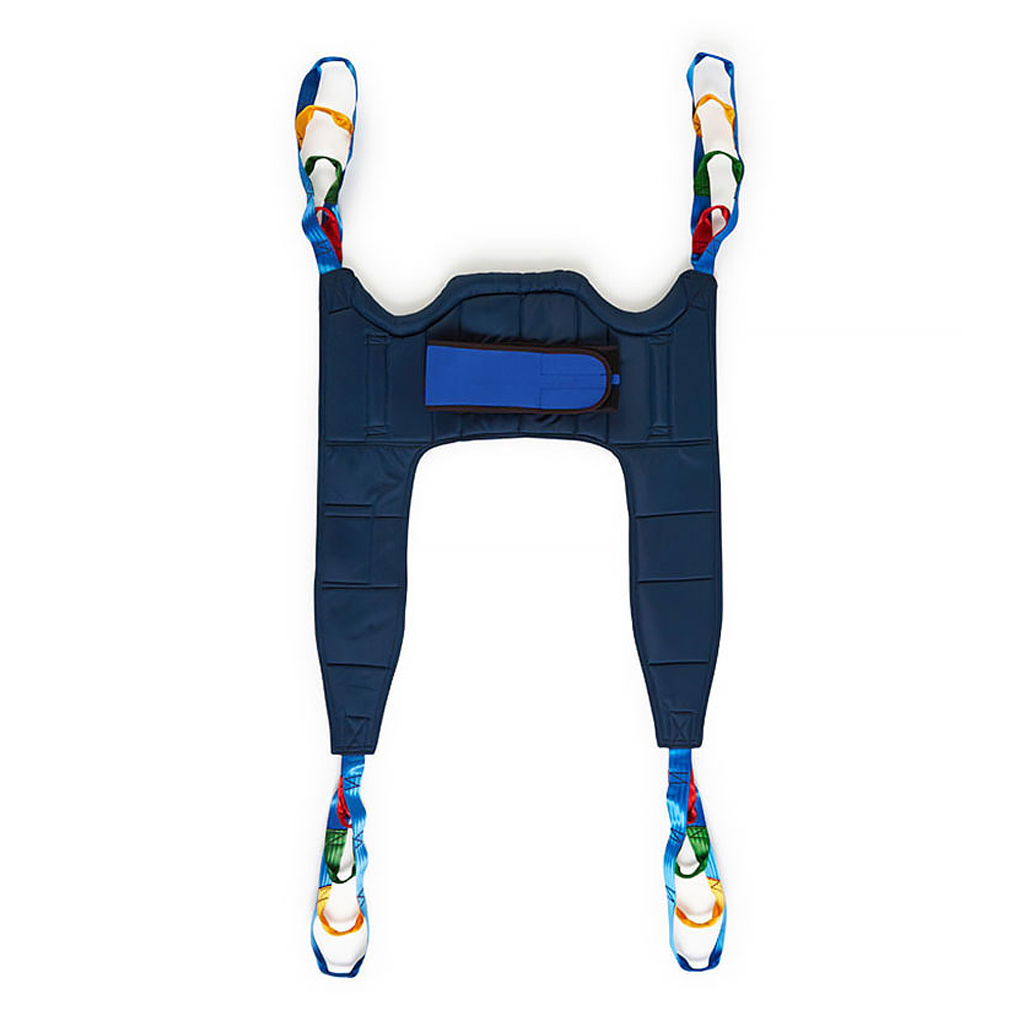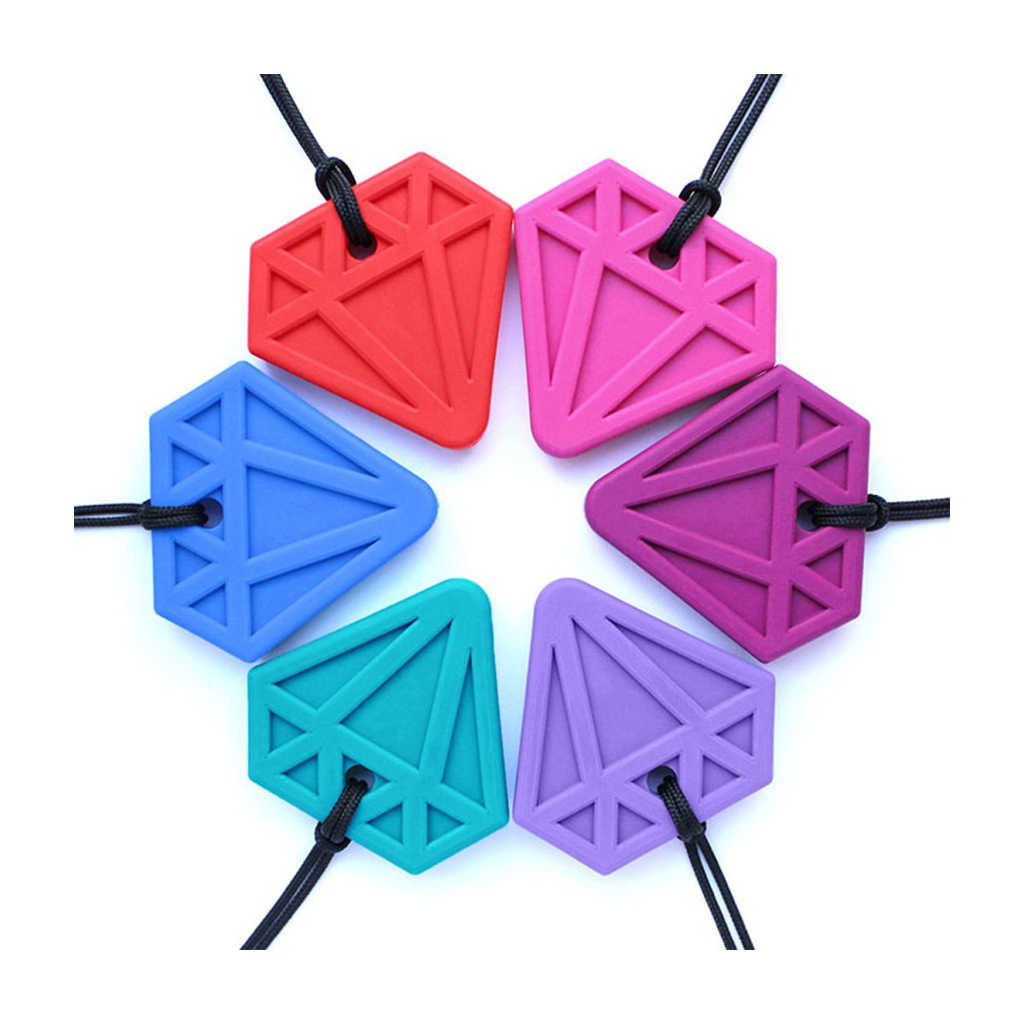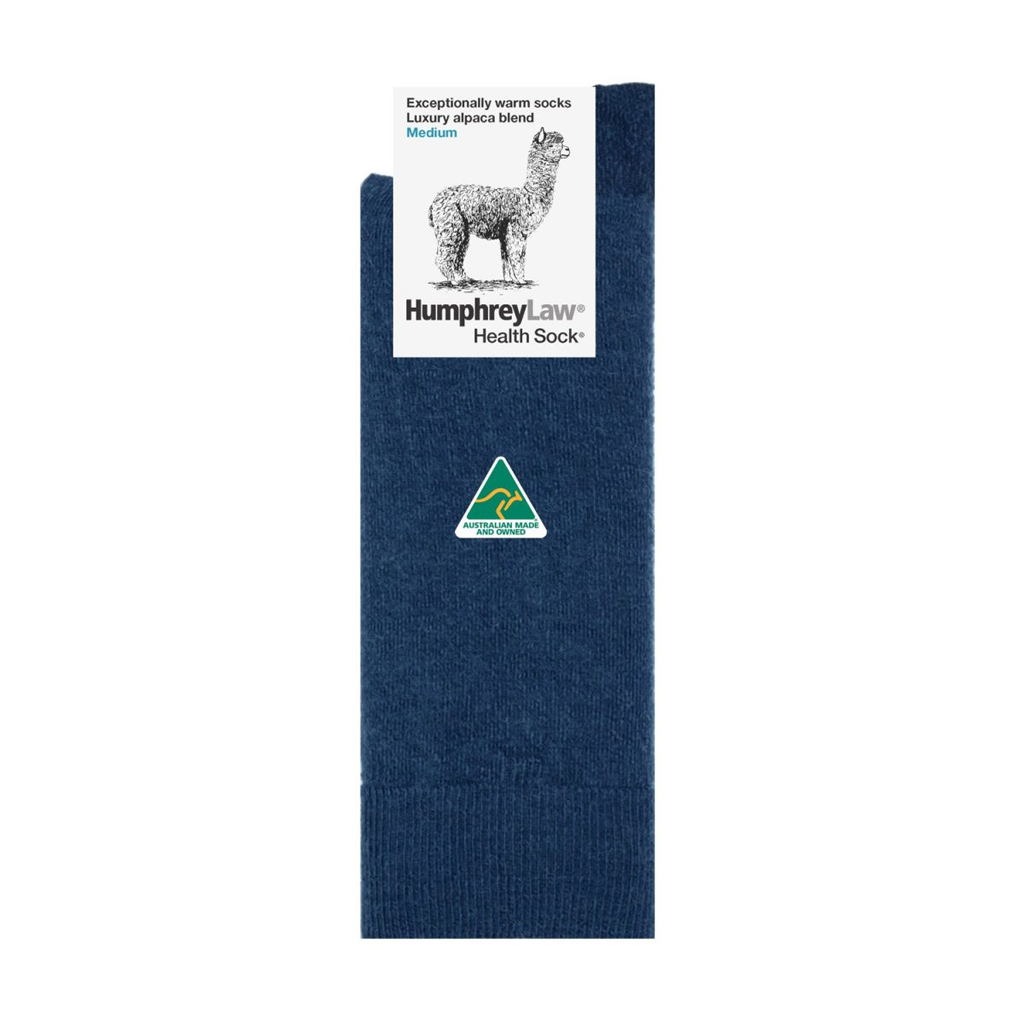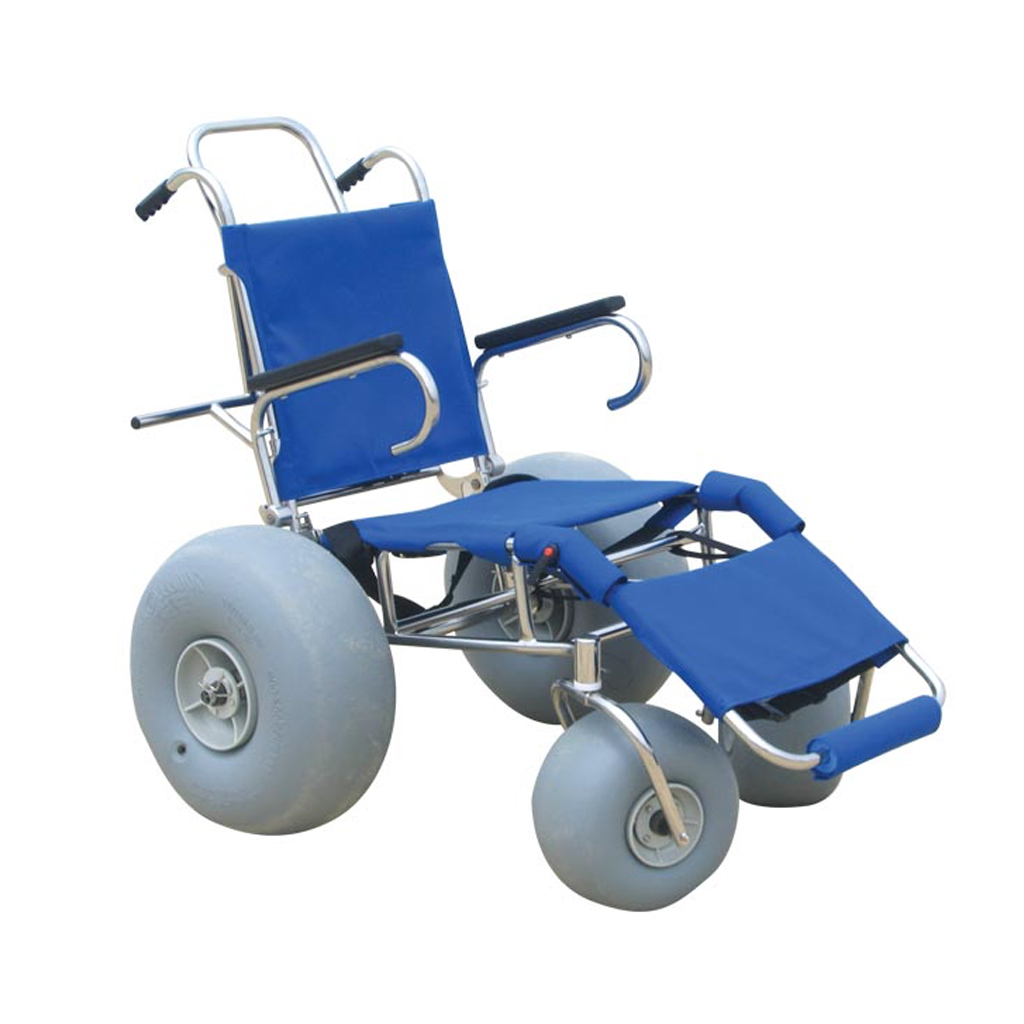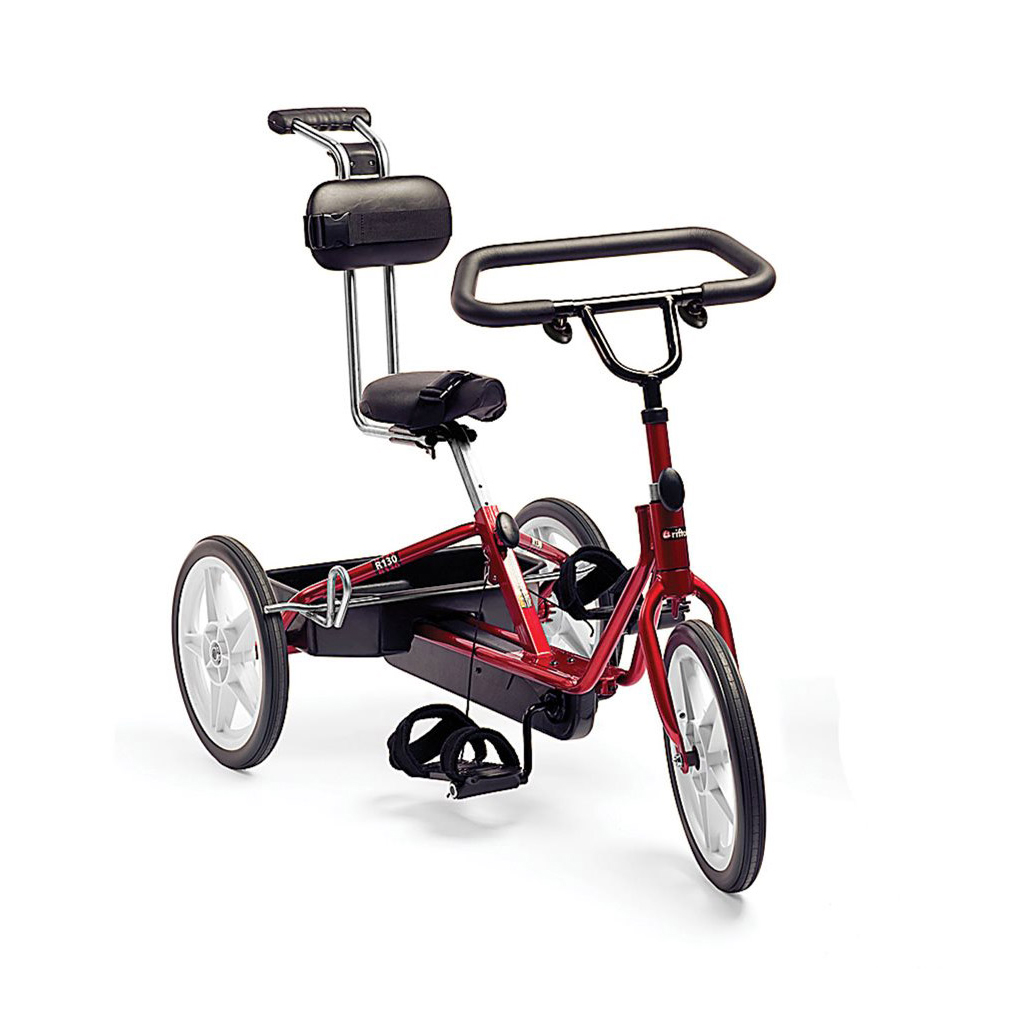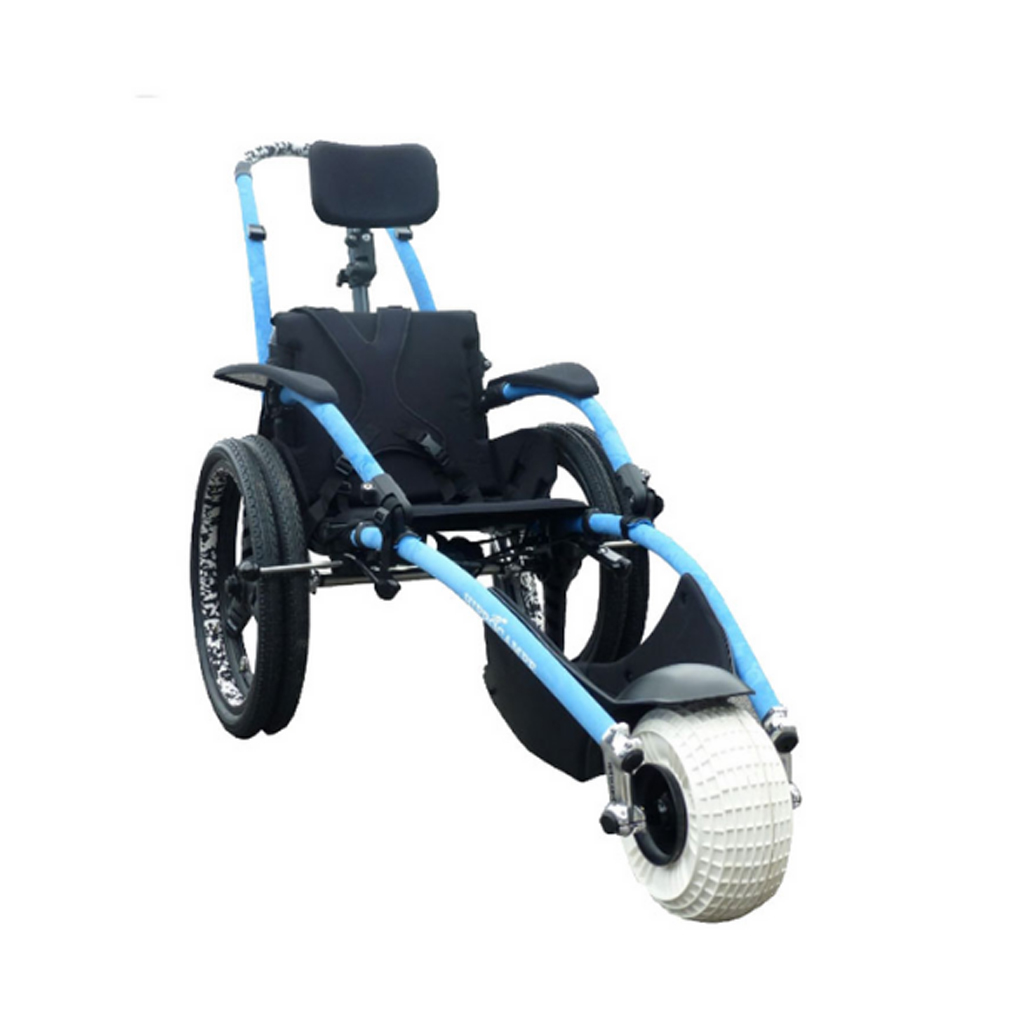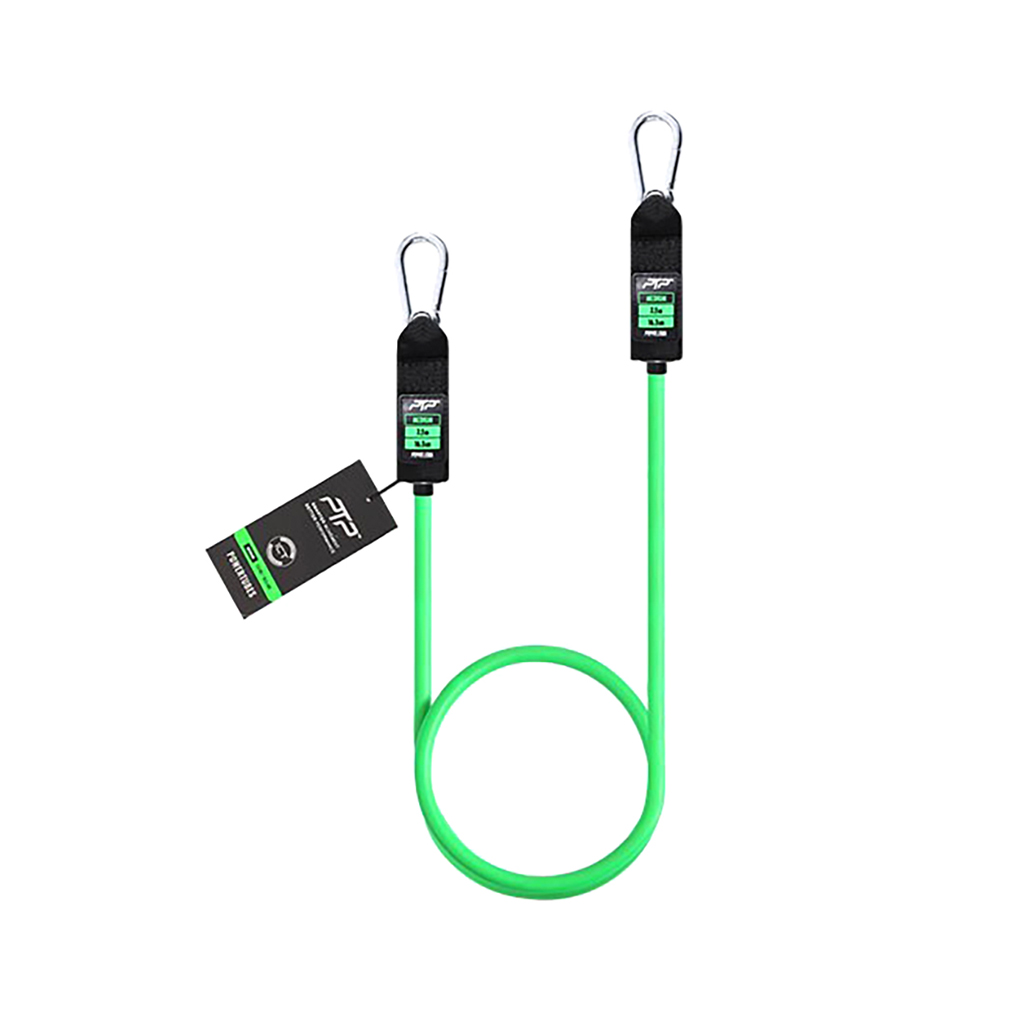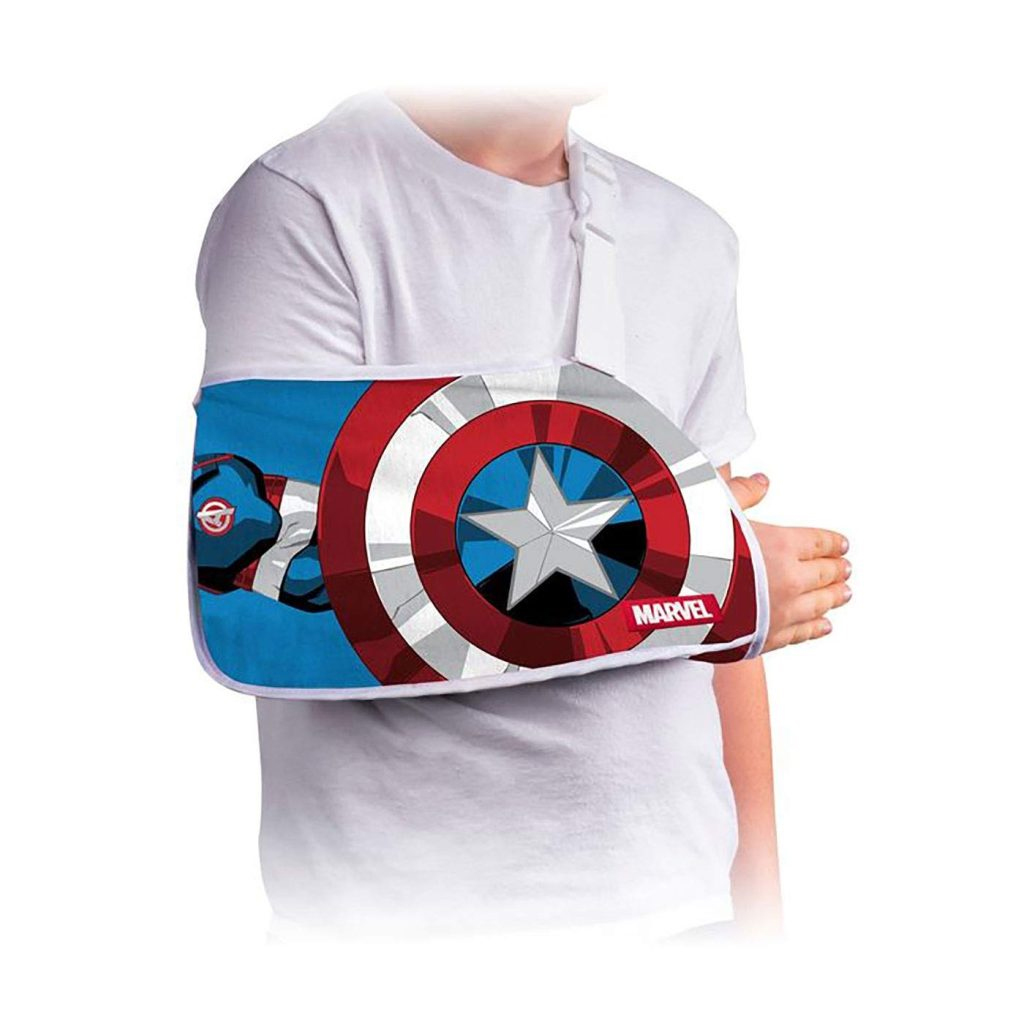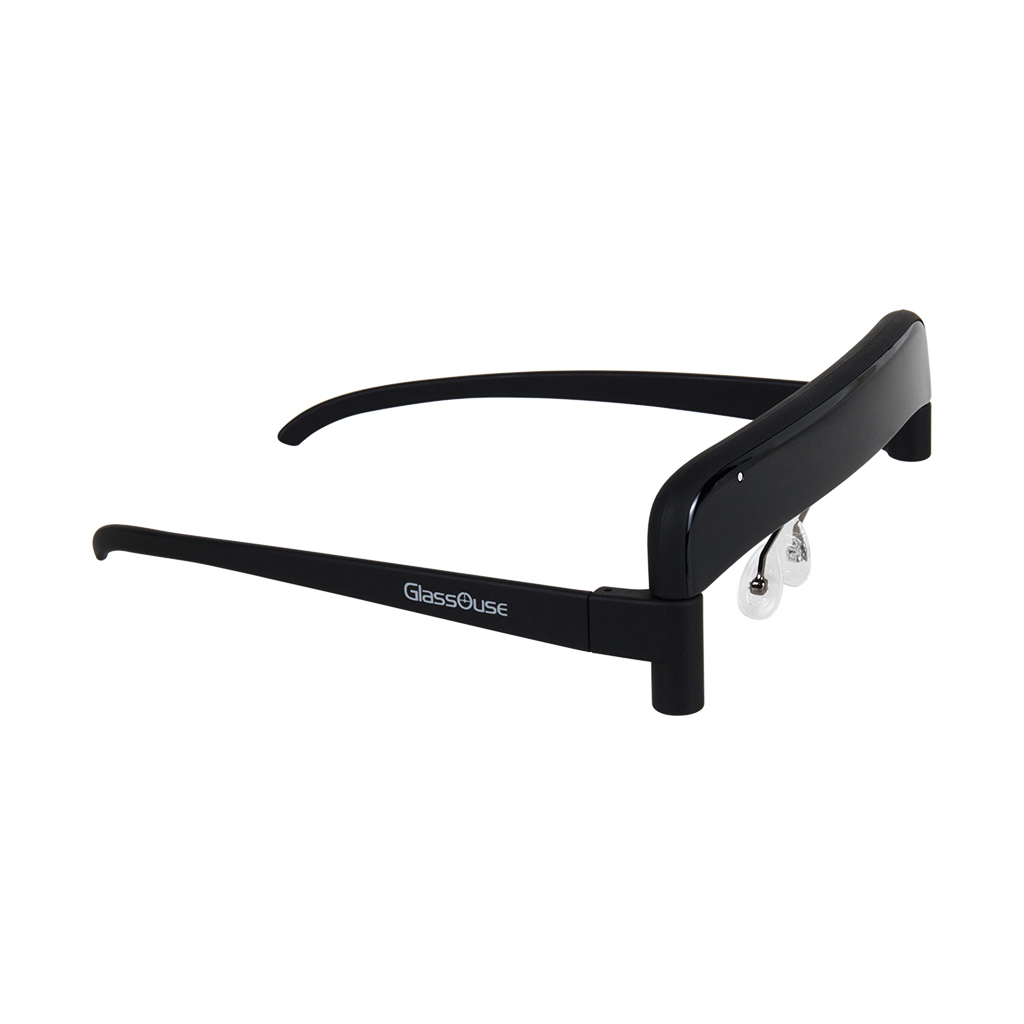Augmentative and Alternative Communication (AAC) Training

There are a number of different approaches and methods that may be used in Augmentative and Alternative Communication (AAC) training. These include immersion and modelling.
- The child will need to develop a variety of skills in order to become a successful communicator, such as:
- social skills
- language skills (how to put words and phrases together)
- how to select messages on the system (for example, using pointing versus using a
scanning system). This can also be called ‘accessing a system’.
Teaching, training and practice are very important in determining the success of AAC use.
AAC immersion
Have you ever tried to learn a language by attending weekly classes with no opportunity to speak the language between lessons? This can be the experience of children learning to use AAC. Children need to be immersed (wrapped up) in AAC in order to become proficient in its use. An AAC immersion approach that has gained international popularity is known as ‘Engineering the Environment’ developed by Carol Goossens. (Goossens‟, C, Crain, S & Elder, P (1992). Engineering the Preschool Environment for Interactive, Symbolic Communication: 18 months to 5 years. Birmingham, AL.). This approach involves having lots of communication displays available in the child’s environment (for example, at home and at school) for every activity the child does. The aim is to be able to model with AAC everything that you say.
Modelling AAC use
What is modelling?
A model is an example. Modelling AAC is when the person speaking with the child points out what they are saying on the child’s AAC system as they are saying it. This shows the child examples of how to use AAC.
Why use modelling?
Modelling AAC encourages children to communicate because it:
- shows them how to use the AAC system successfully
- shows them how to put together messages
- shows the child that people accept their AAC system because they are willing to use it
- makes you more aware of what it is like for the child to use the system and whether your
expectations of how they will use it are realistic - makes you aware of what words are needed on the AAC system. This means that when
you go to point out a message and the words are not there, you realise why the child
cannot always join in, and can modify their system to compensate for this.
How to model AAC use
- Use the child’s own AAC system, whether it be made up of signs, communication boards or
symbols. - Point out the main words that you say on the AAC system.
- When a child communicates something, by looking at an object or making a noise, show them how they could “say it” on their AAC system.
- Whenever the child uses their AAC system, model their message back in a slightly longer form. For example, when the child points to a book on their AAC system, point to “want book” as you say “You want a book”. Then you point out “get book” as you say “OK. I’ll get you a book”.
- Model only a few more words per utterance than the child is using – this way the model is not too hard for the child to copy.
The great thing about modelling is that you can use it anywhere, anytime. It can be a very powerful teaching technique that requires no special “therapy time.”
Further information about modelling
Porter, G & Kirkland, J (1995). Integrating Augmentative and Alternative Communication into group programs using the principles of Conductive Education. Spastic Society of Victoria, pp 87 – 93.
Things to learn for successful AAC
How to access the AAC system – access is the term used to describe the means by which the child indicates symbols or activates buttons on their system such as pointing or switching. The child may need to learn how to use a switch to access messages, or how to scan through options (that is, accessing a switch when the right option is highlighted). They may also need to learn technical aspects such as how to adjust the volume of their communication device and so on.
Language skills – this means how to put together phrases; how to use grammar, how to get across the intended meaning.
Social skills – such as, initiating a conversation, taking turns, listening to the other person, knowing when to speak, when not to and what to talk about, with whom, when and where.
Strategies to keep conversations going – such as, indicating misunderstandings, using different AAC systems in different situations, or showing the listener that they correctly (or incorrectly) interpreted their message.
Methods for prompting communication in the AAC user
- Light prompts/cues
The following ideas are suggested by Goossens‟ (1992):
- When an opportunity occurs for the child to say something, shine a light (for example, using a torch) over their communication display/device. This shows the child that they could say something without you needing to speak to the child and interrupt the flow of the conversation.
- If the child doesn’t say anything you can shine a light (as briefly as possible) directly onto an appropriate message. This shows them exactly what they could say.
- Using routines
Routines create wonderful opportunities for communication because:
- they occur regularly
- they help the child to become familiar with the smaller steps in an interaction, so that in a natural environment they are more likely to be successful with the overall communication exchange.
- Learning to drive provides an example of the value of routines. Learning to drive demands that the learner focus on every aspect of driving technique. Compare this to the experienced driver who can arrive at a destination and wonder “How did I get here?” They have learned to undertake all the driving techniques automatically.
When developing routines for practice it is useful if the communication partner can provide a cue about what is going to happen prior to each step in the routine and then pause to see if the child shows a signal that they understand.
Disrupting the routine
Sometimes leaving something out or doing something incorrectly can be a good way to motivate a child to communicate, for example:
- put a carton of drink on the child’s tray but don’t give them a cup
- give the child a bubble wand to blow with no bubble mix on it
- go to put them in the bath with their socks still on.
Exchanging symbols for objects
A training method can be used to teach children that they can use symbols to get objects. Later they can learn to use symbols to communicate different things for example, to say they are happy, to say that they don‟t want something or to say what they want to do with the object.
The Picture Exchange Communication System (PECS) is a commonly used training method.



